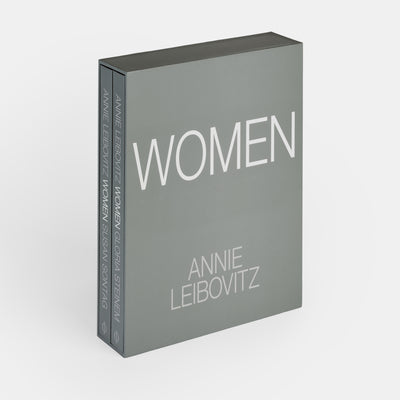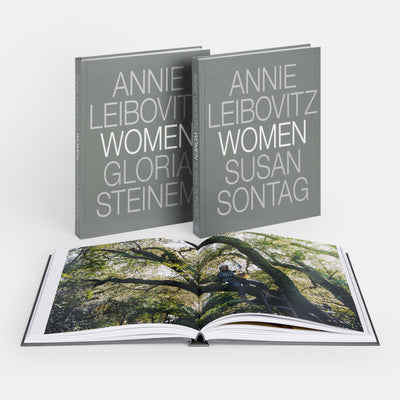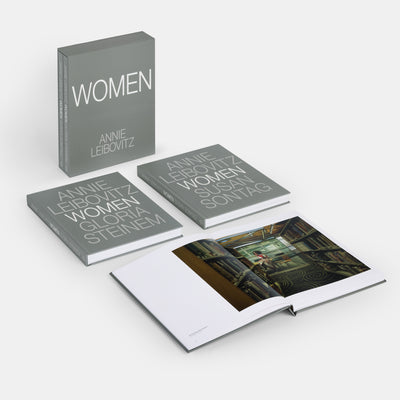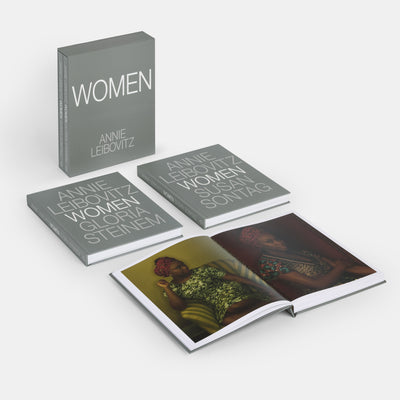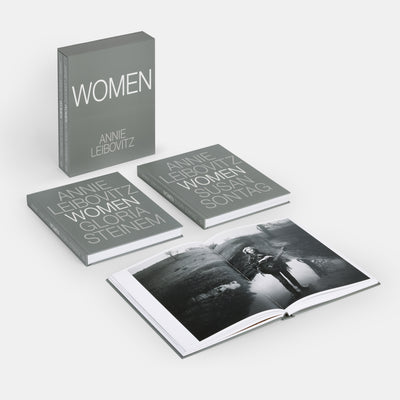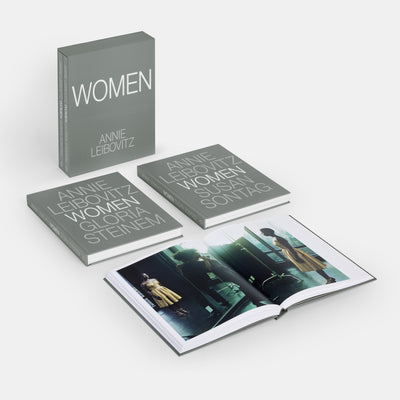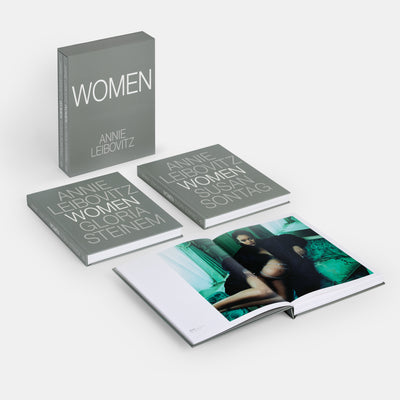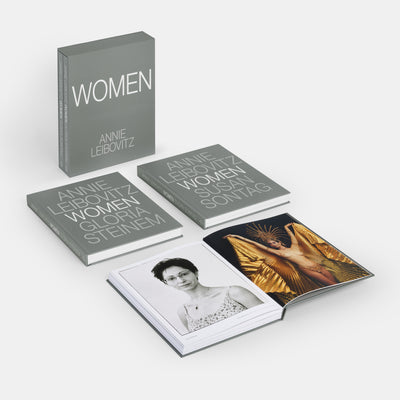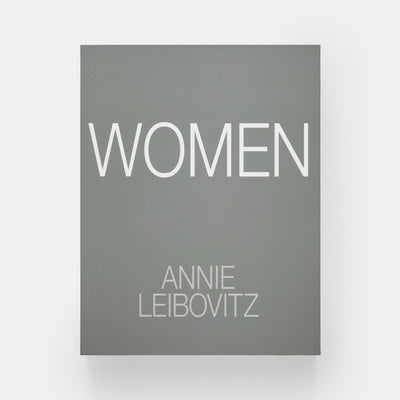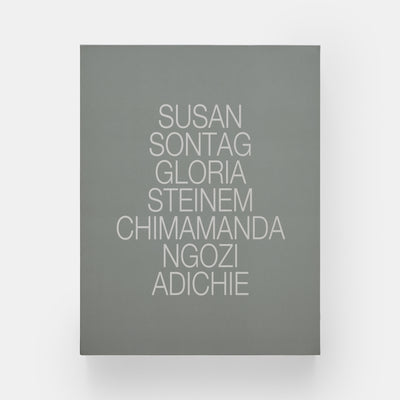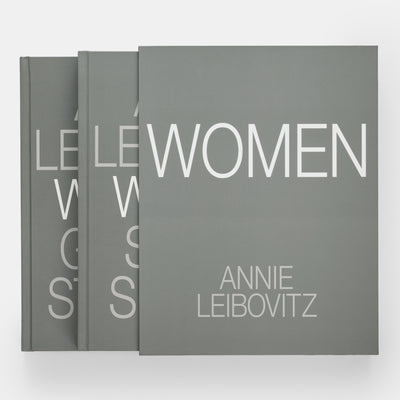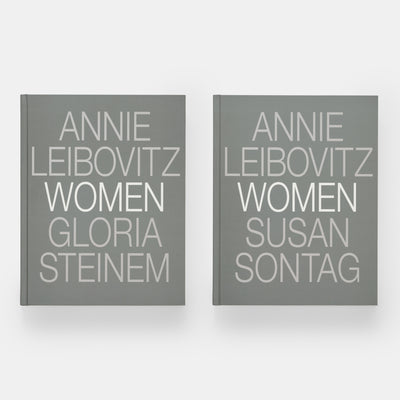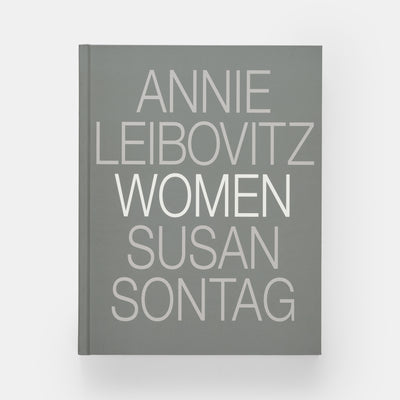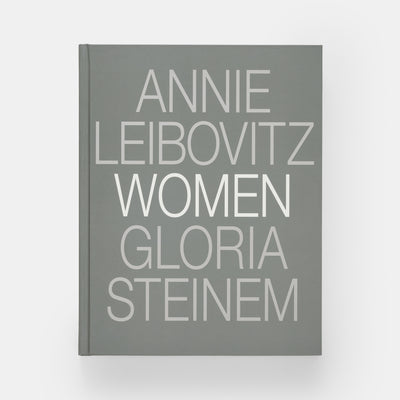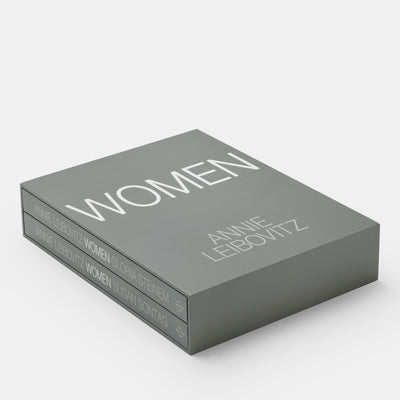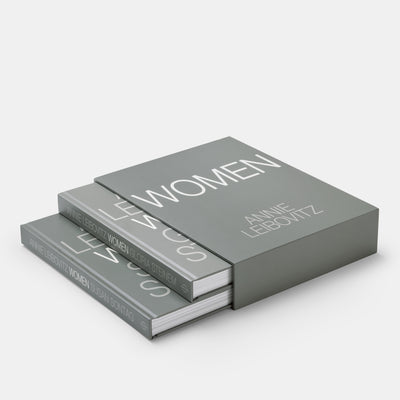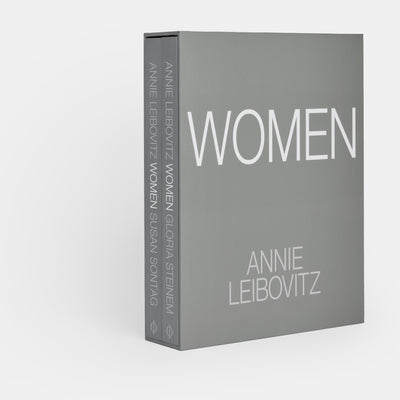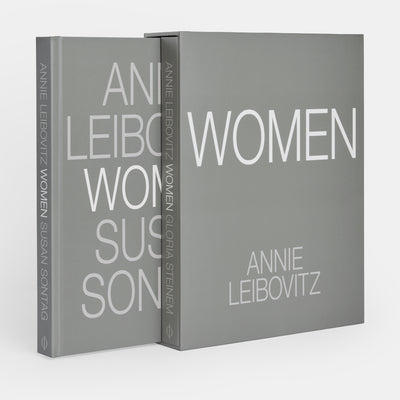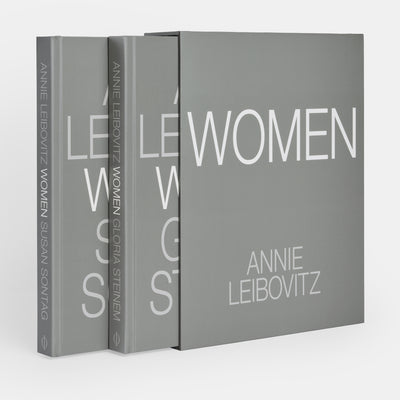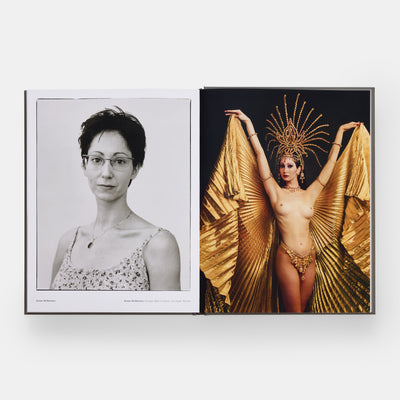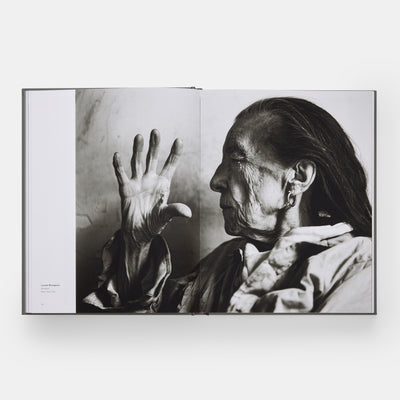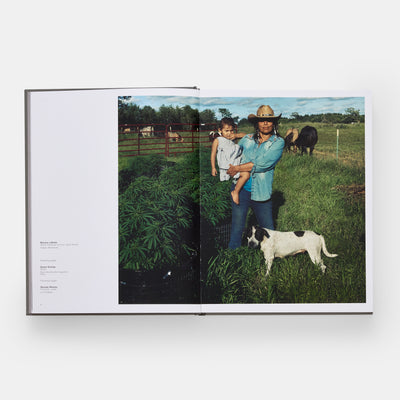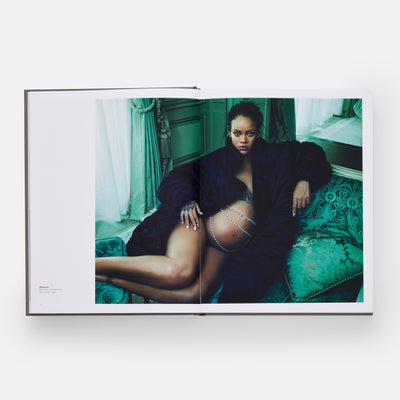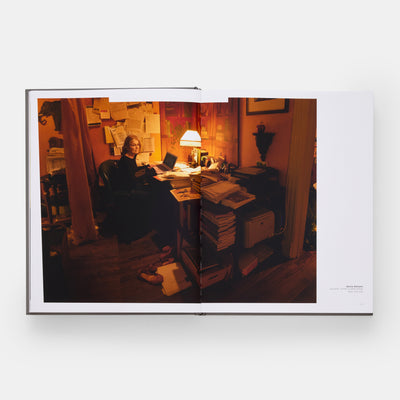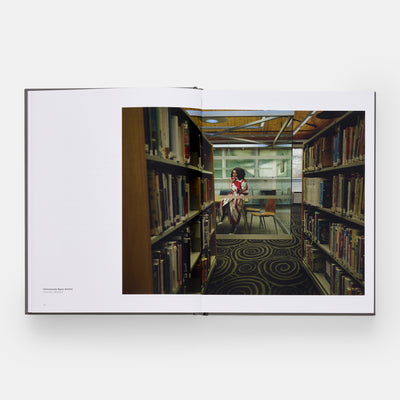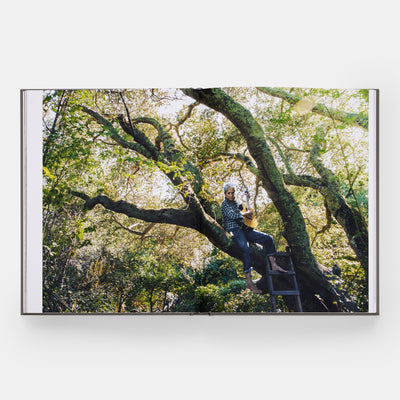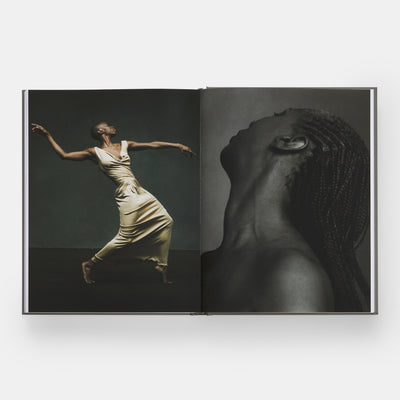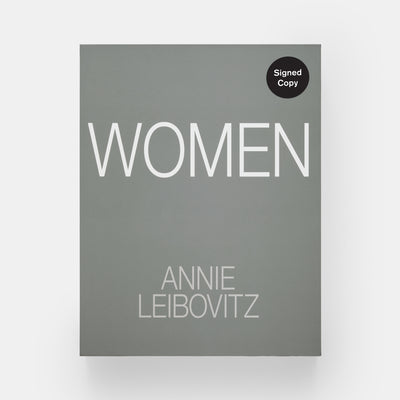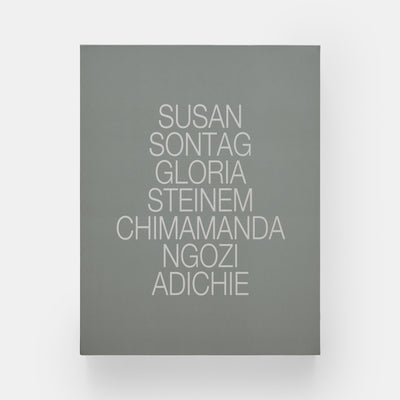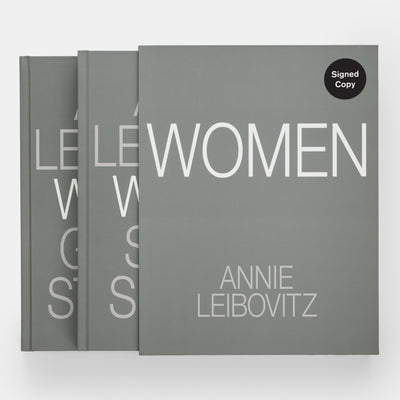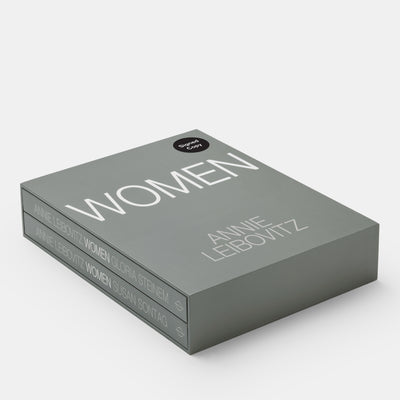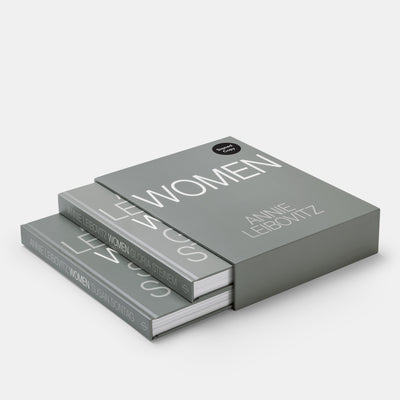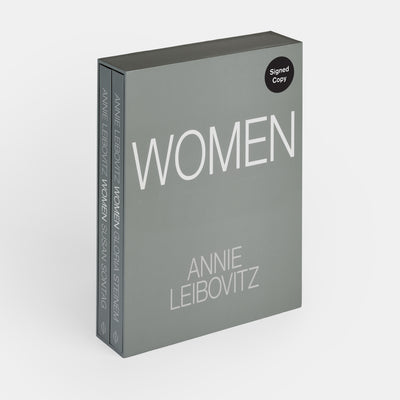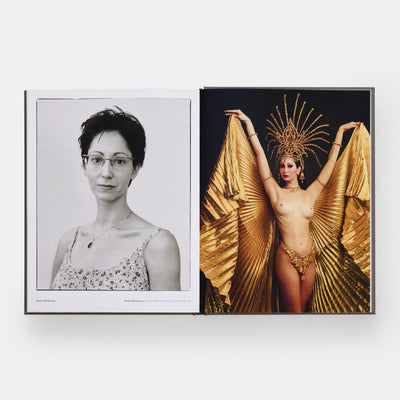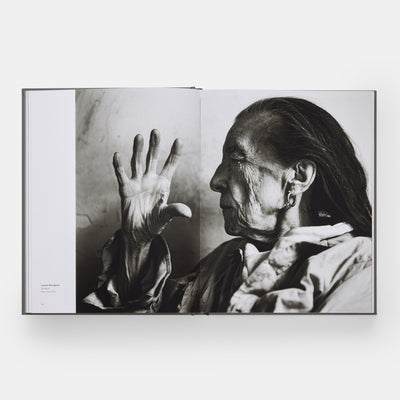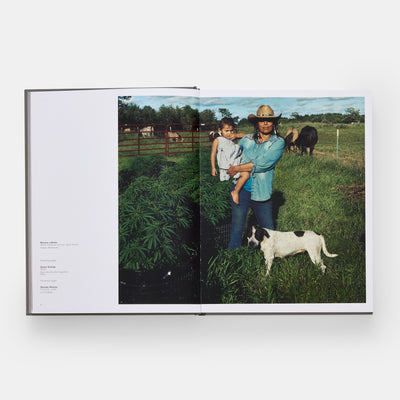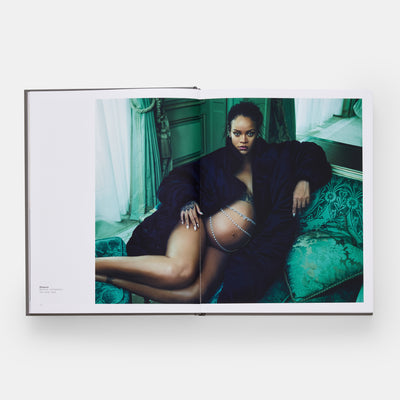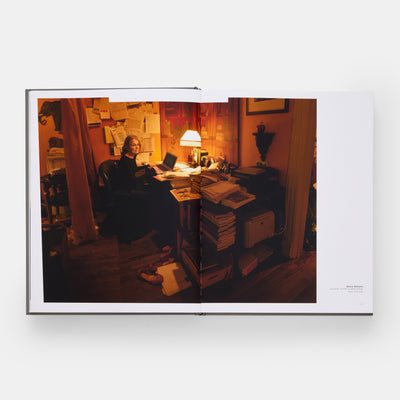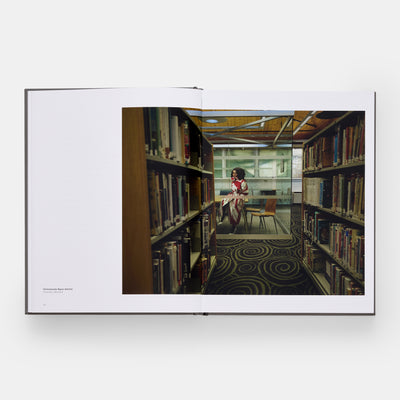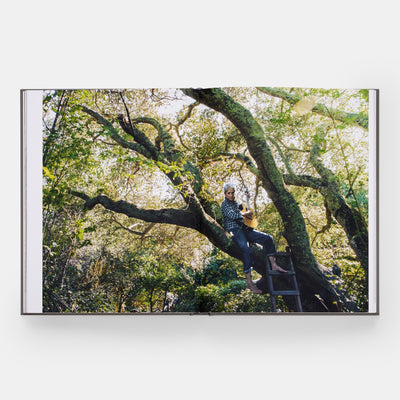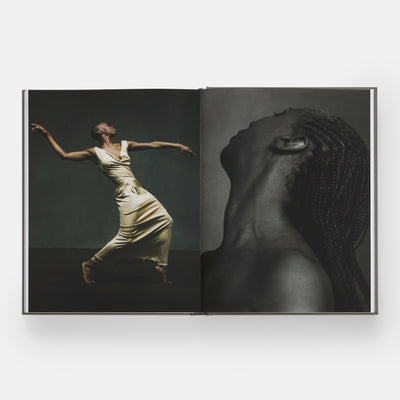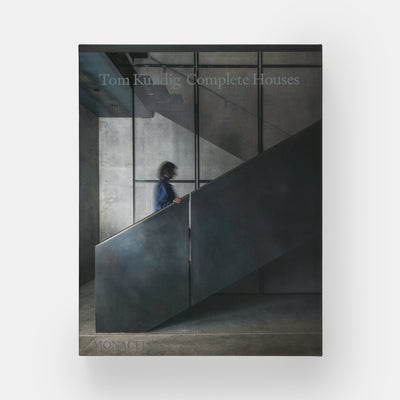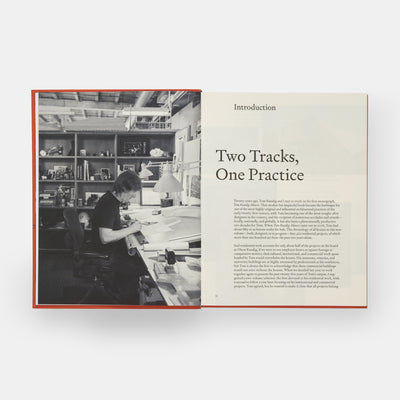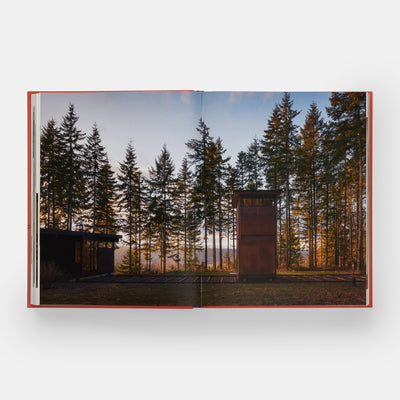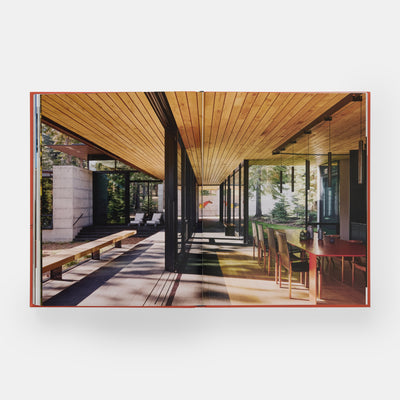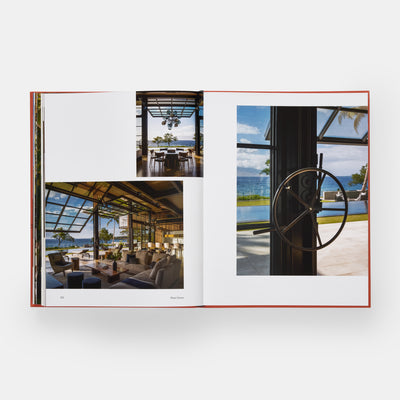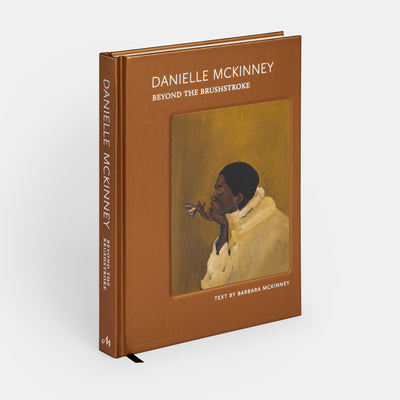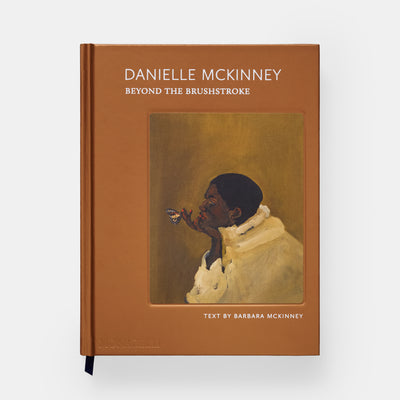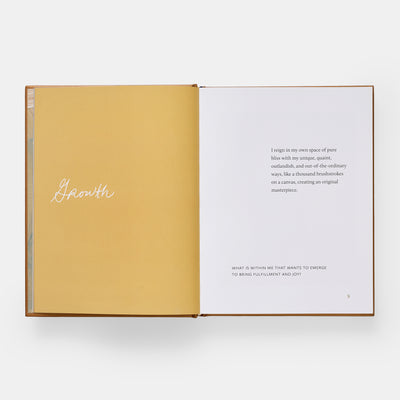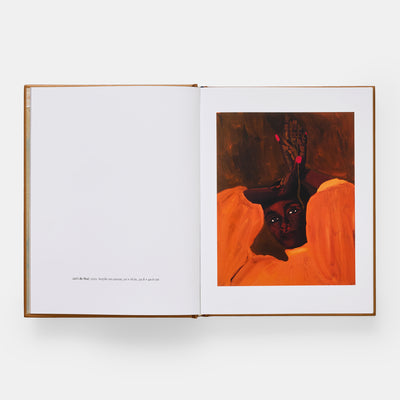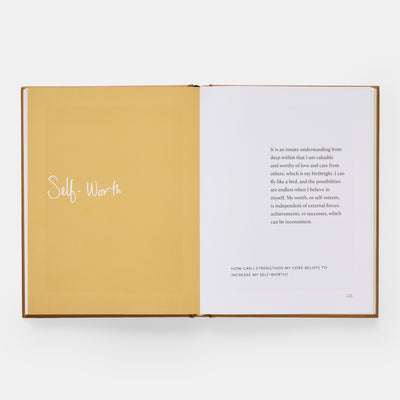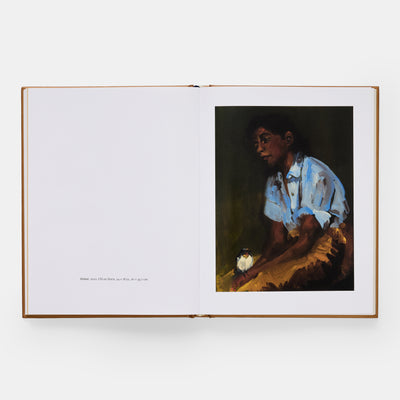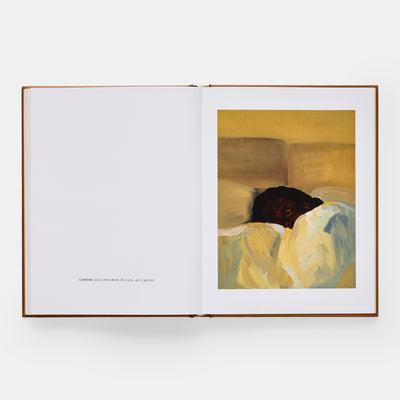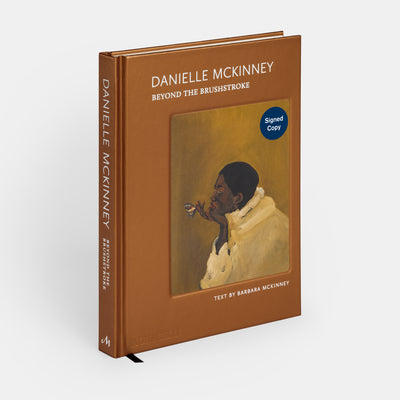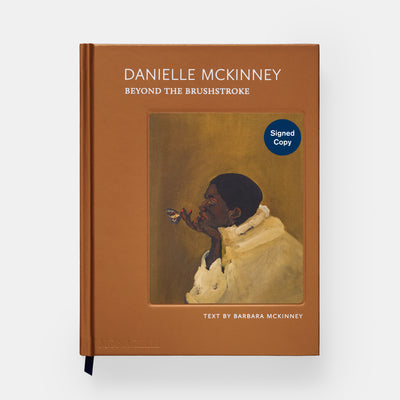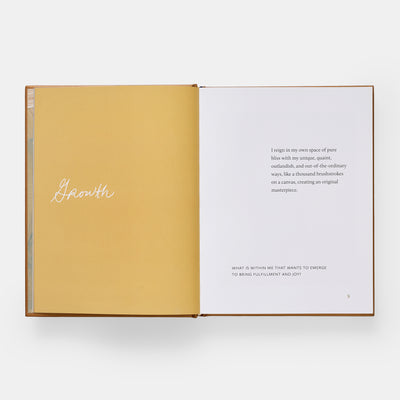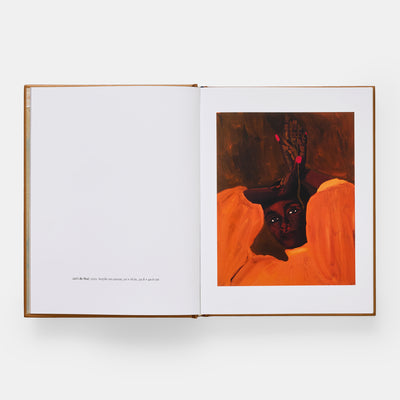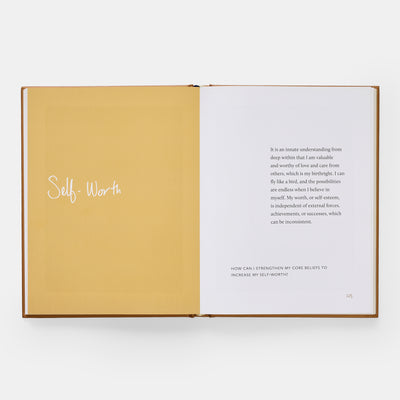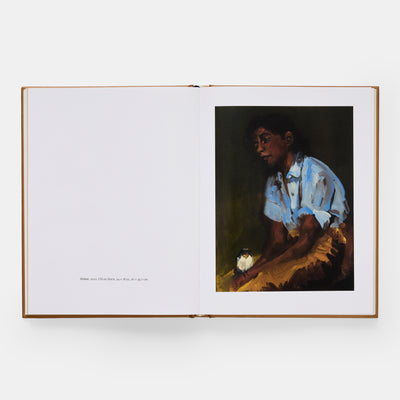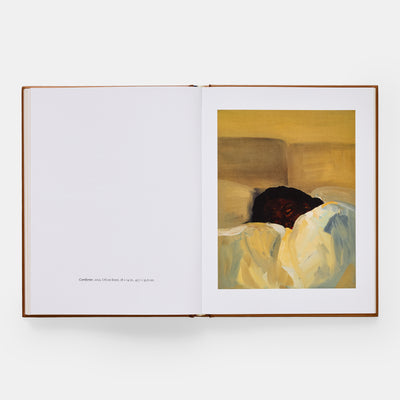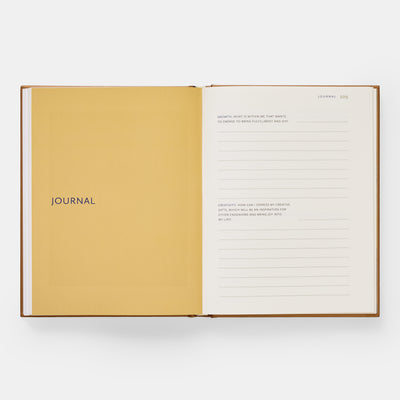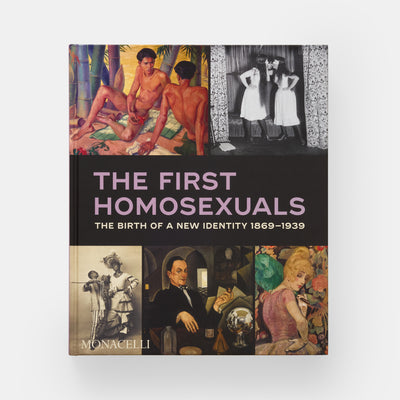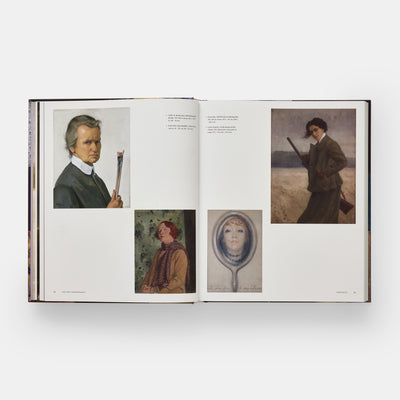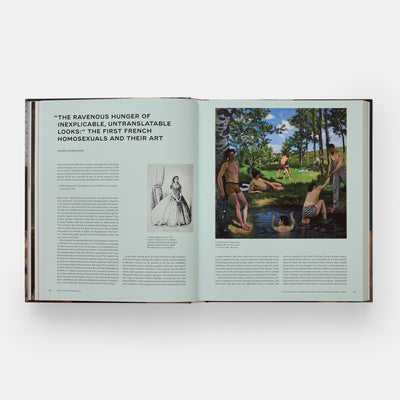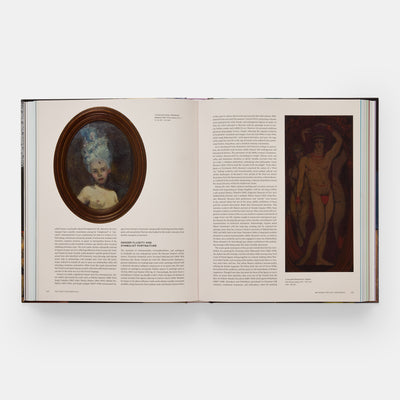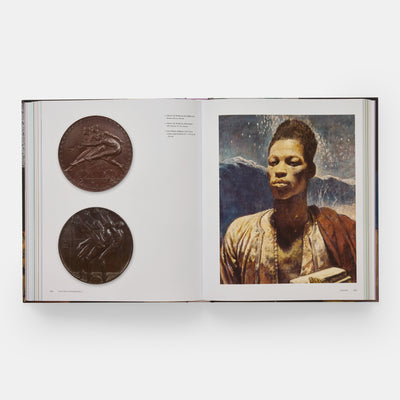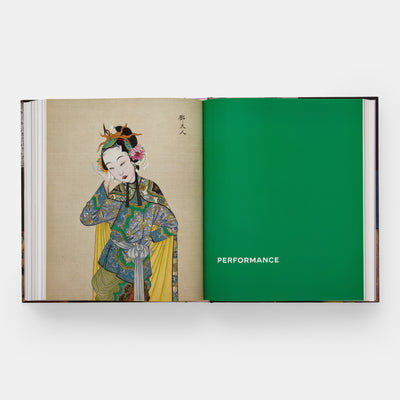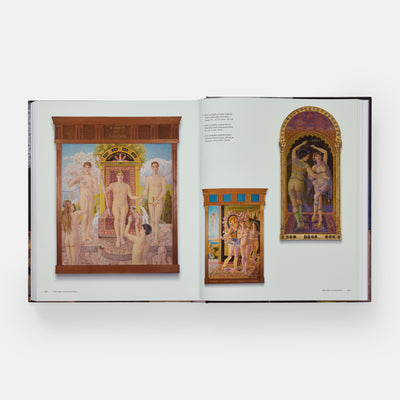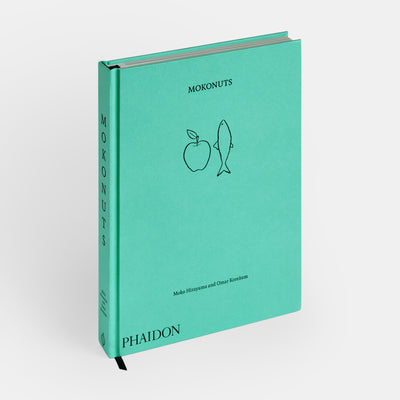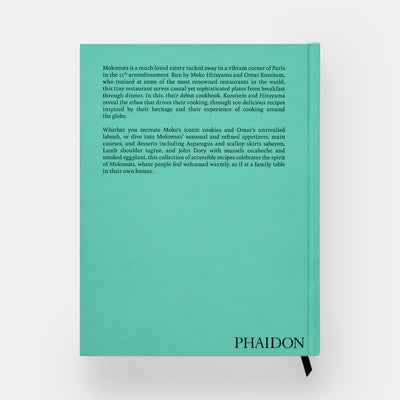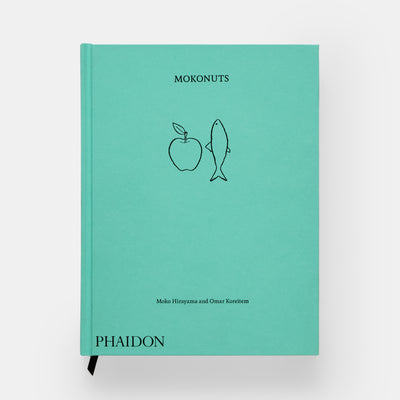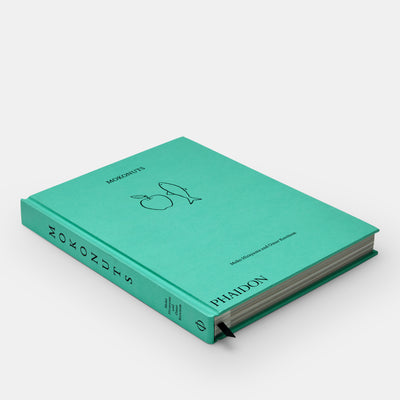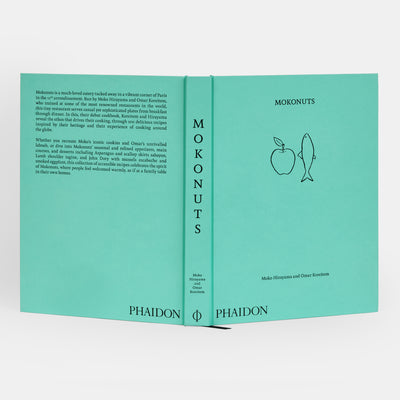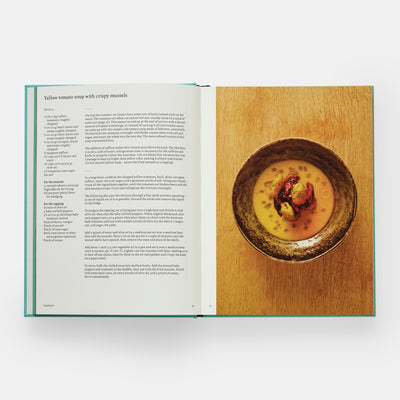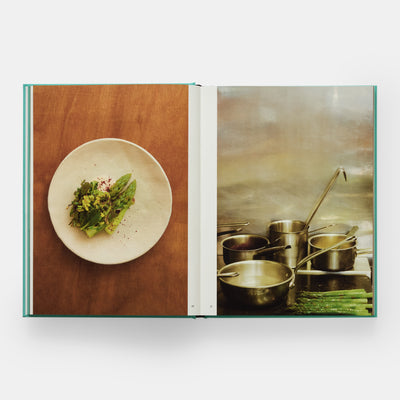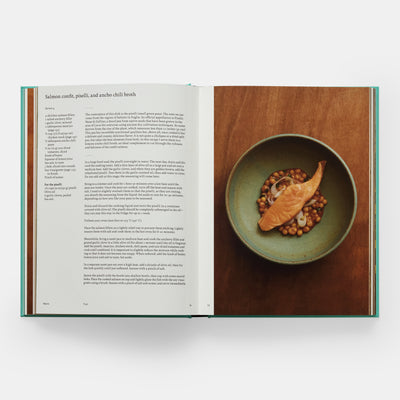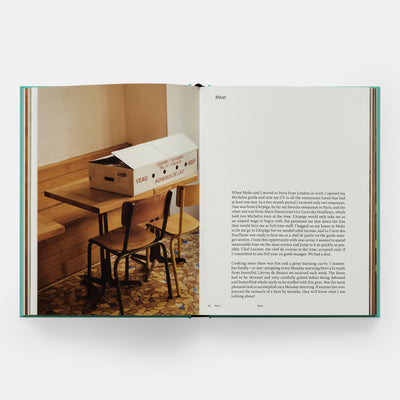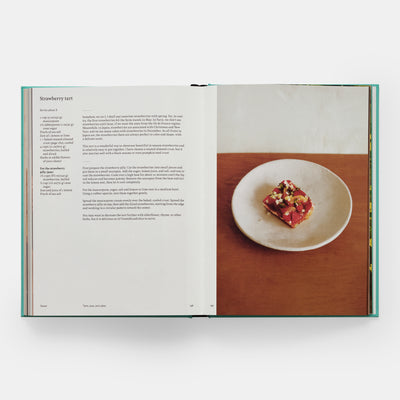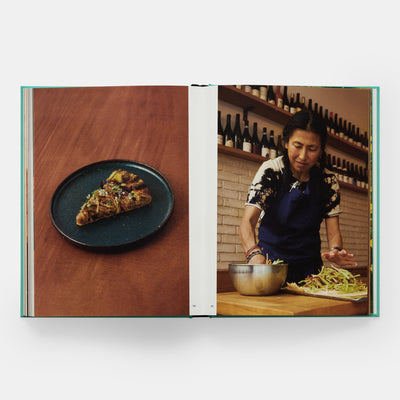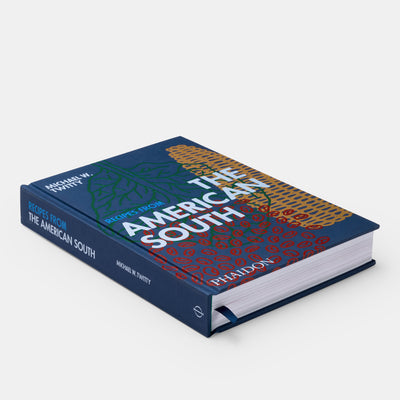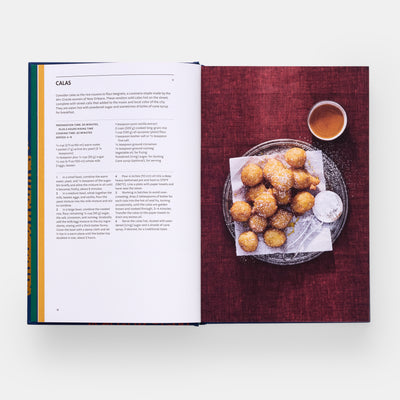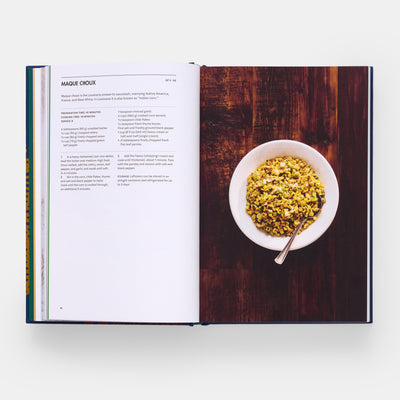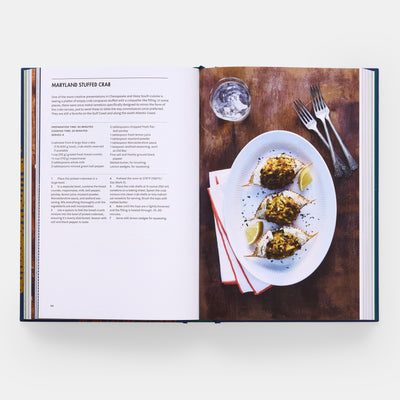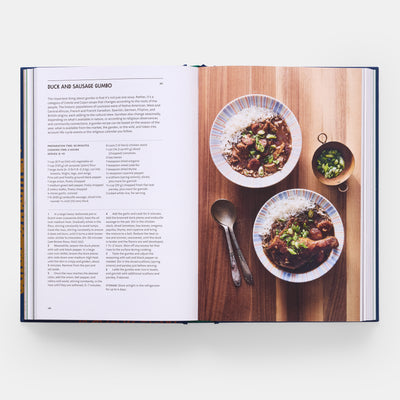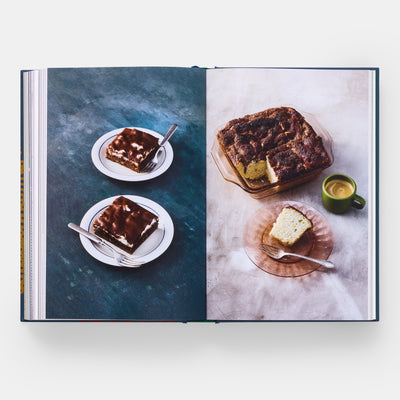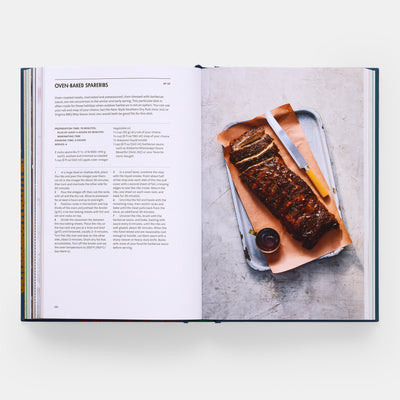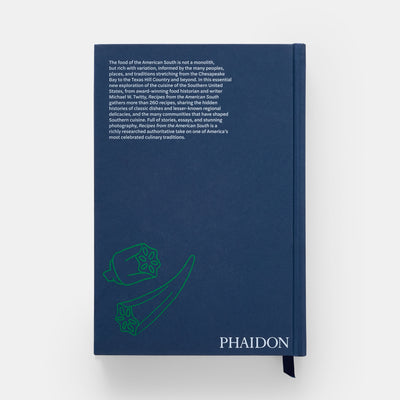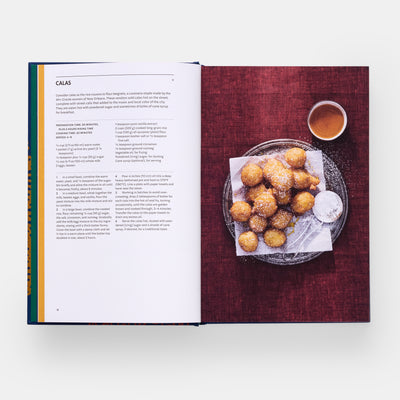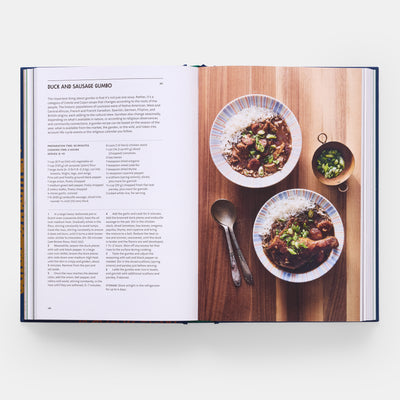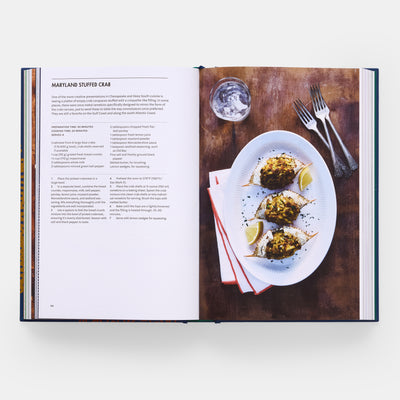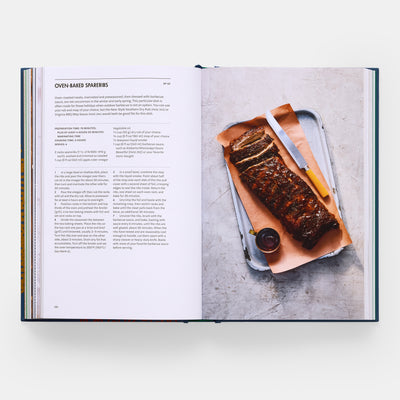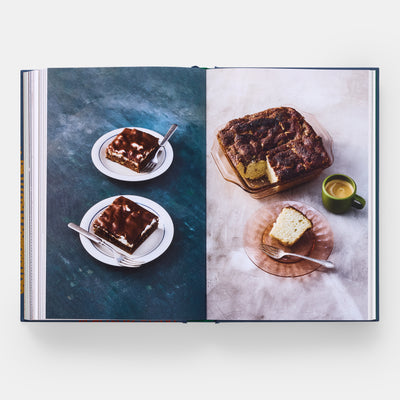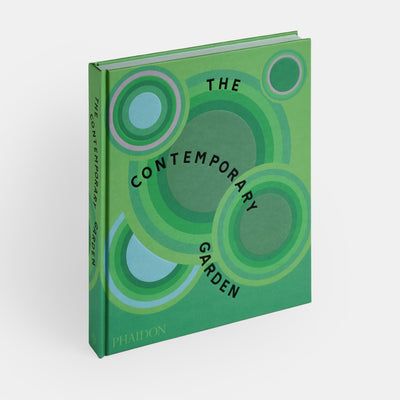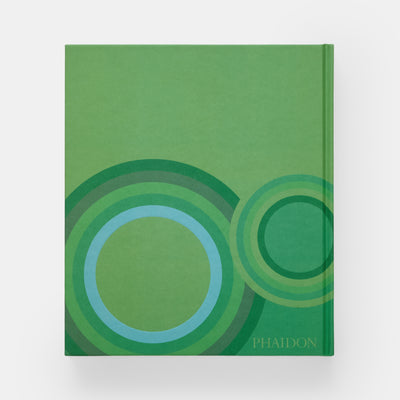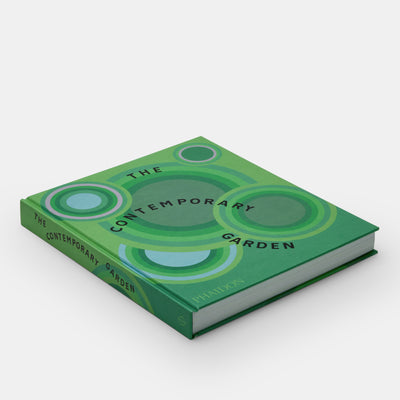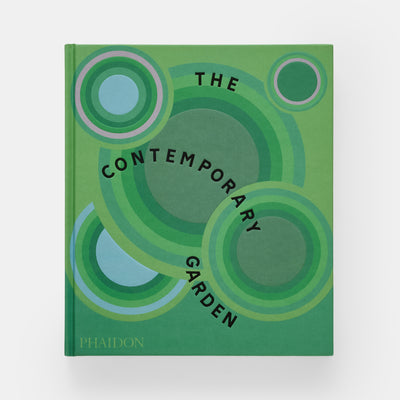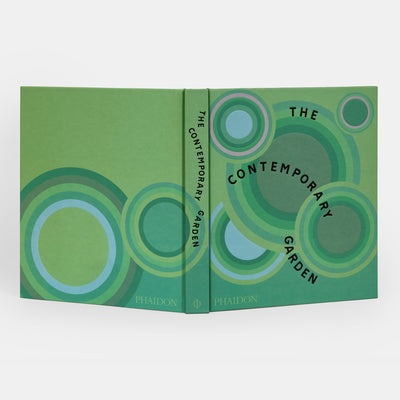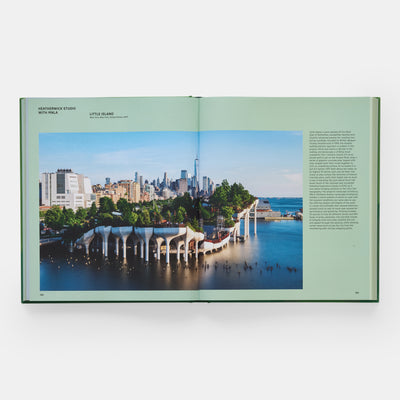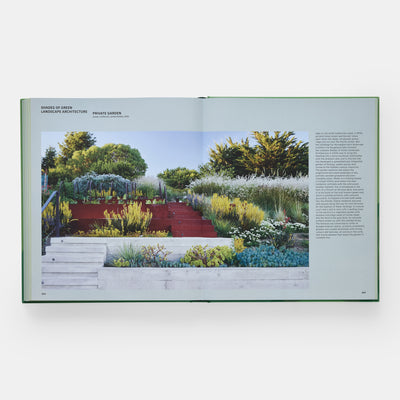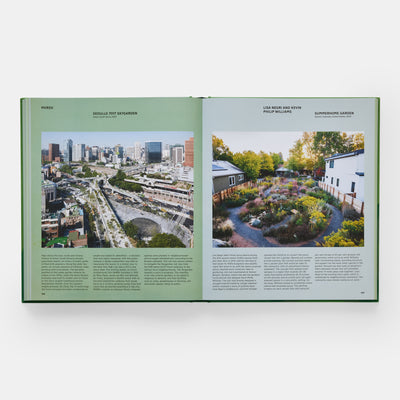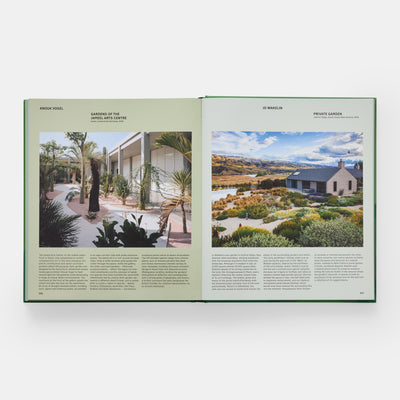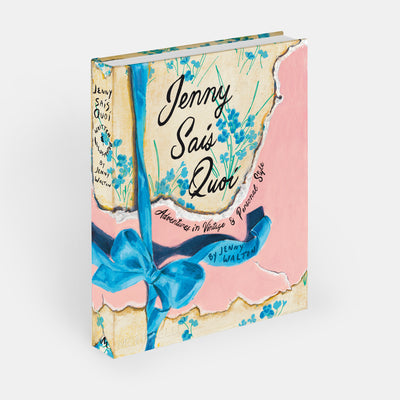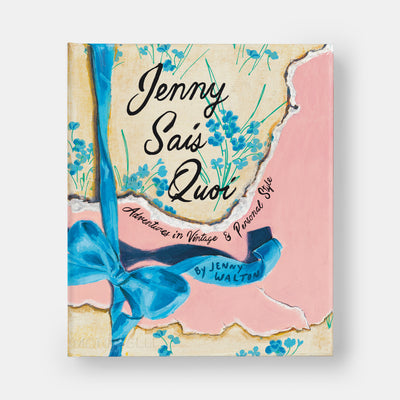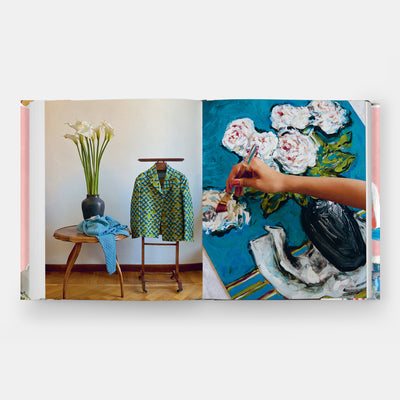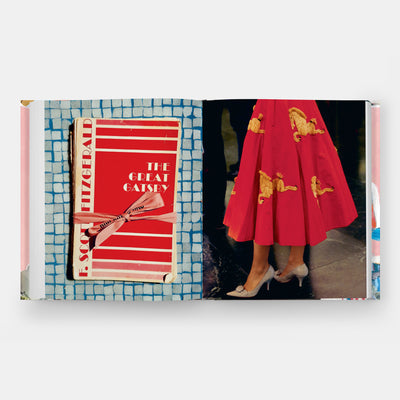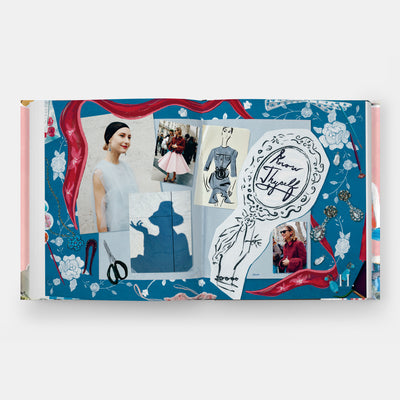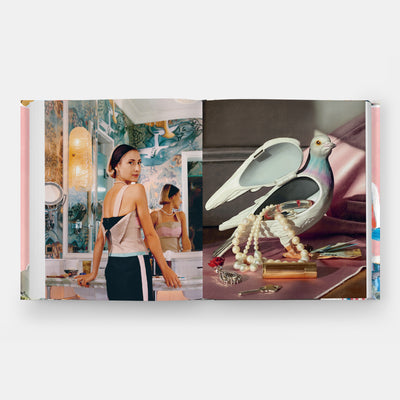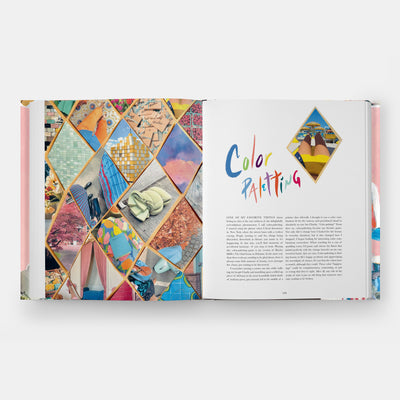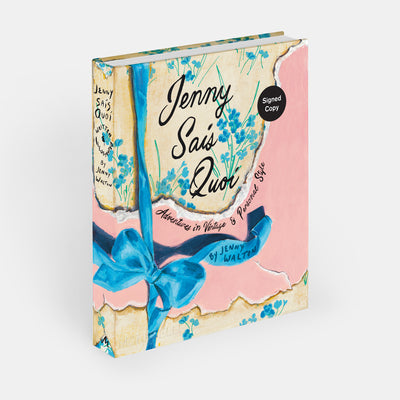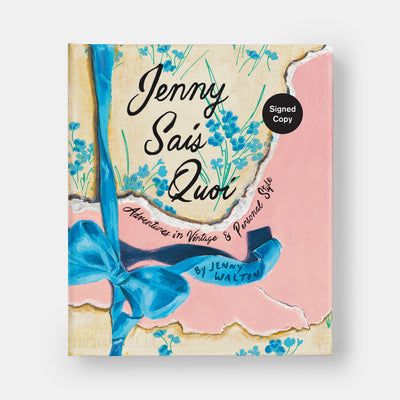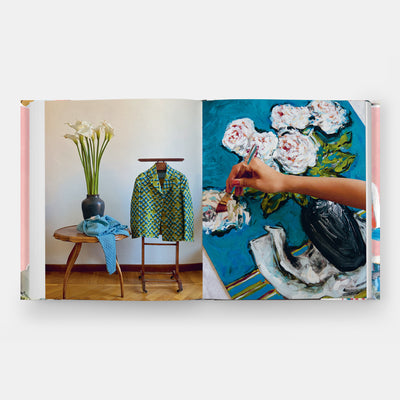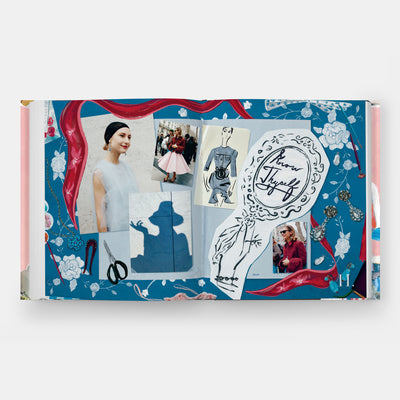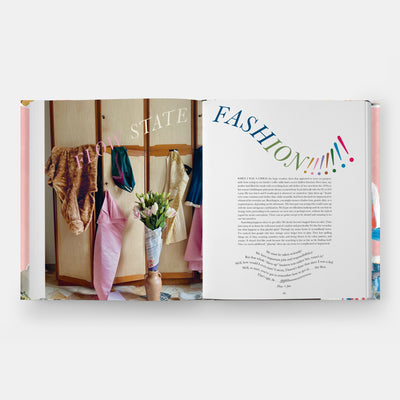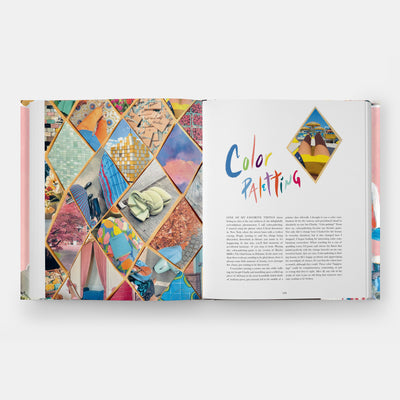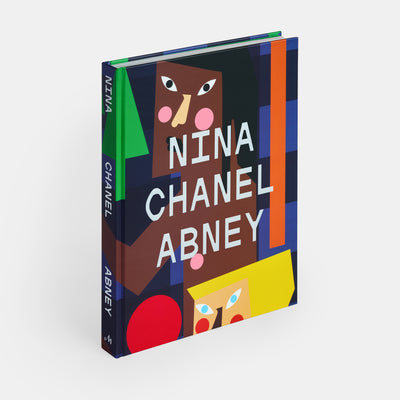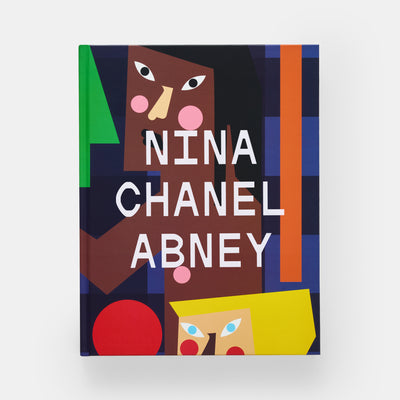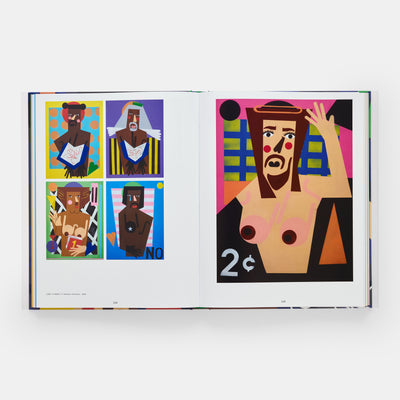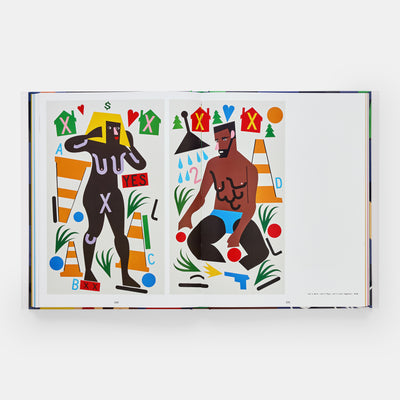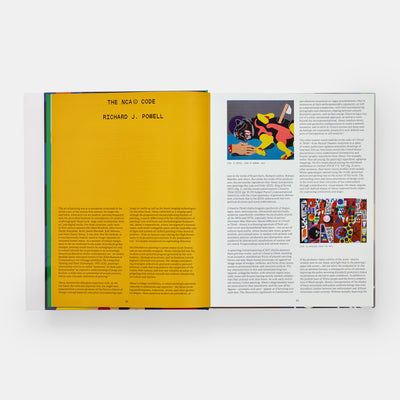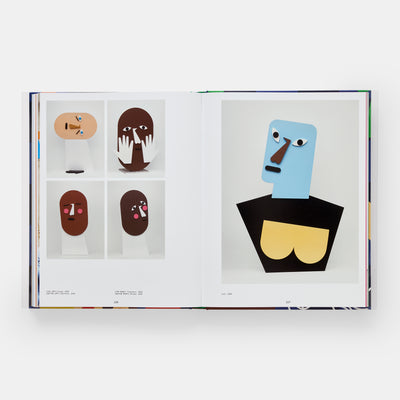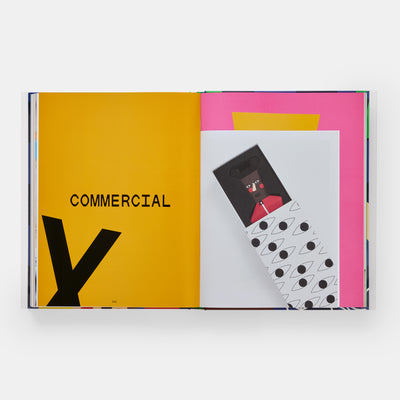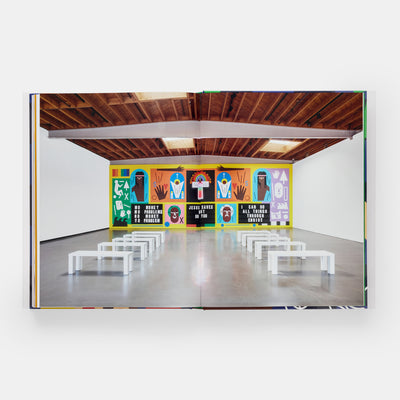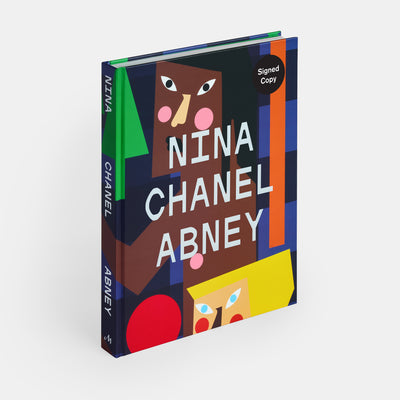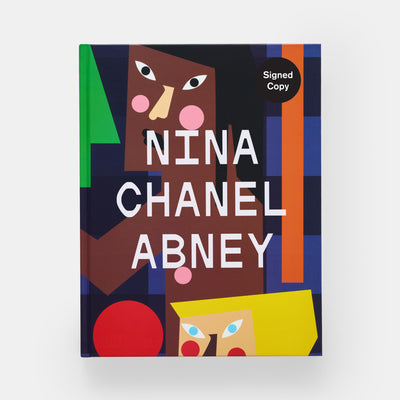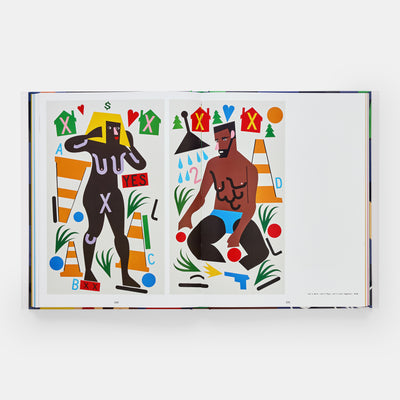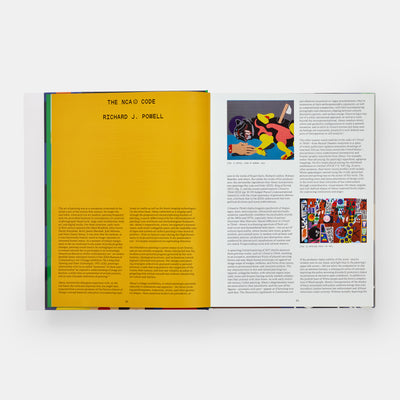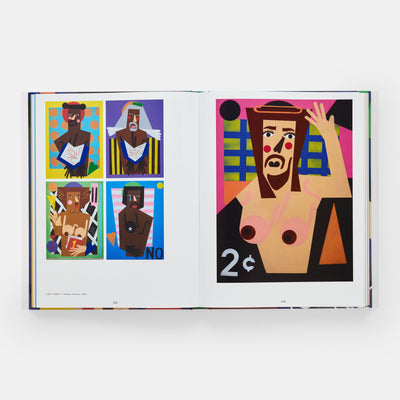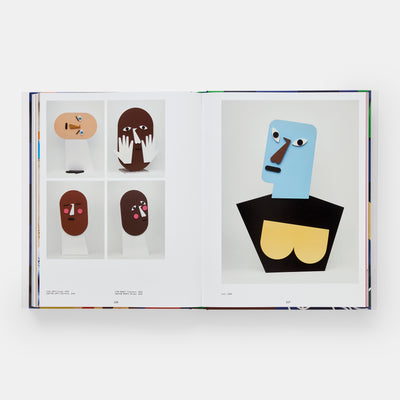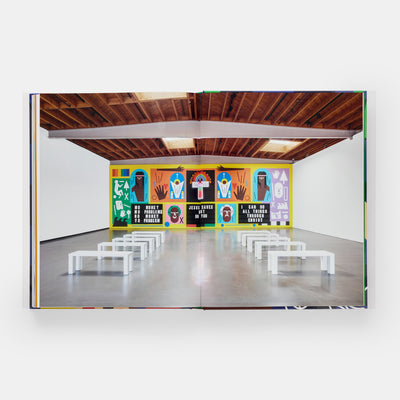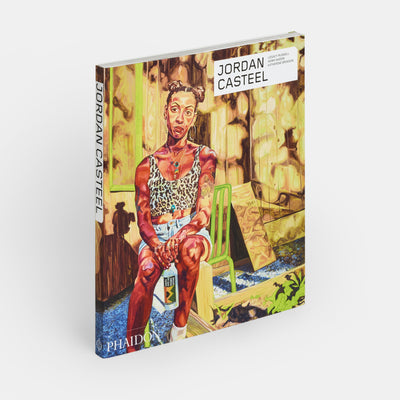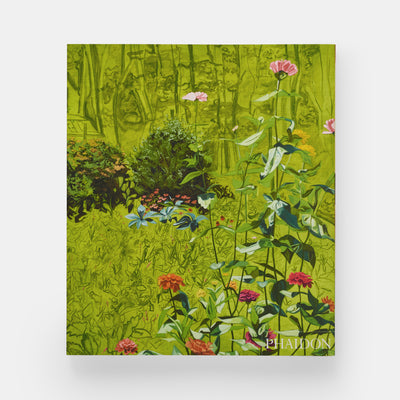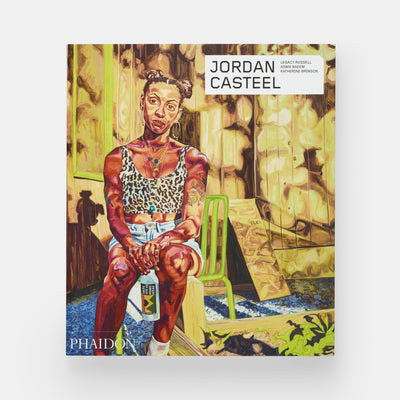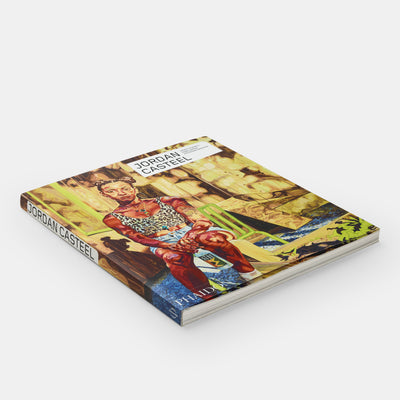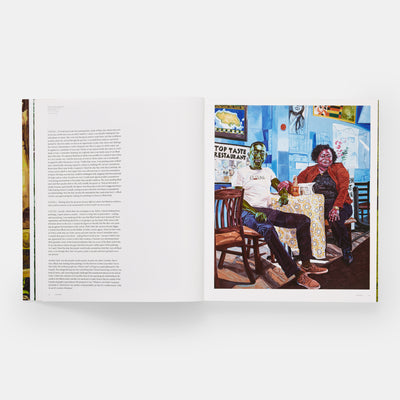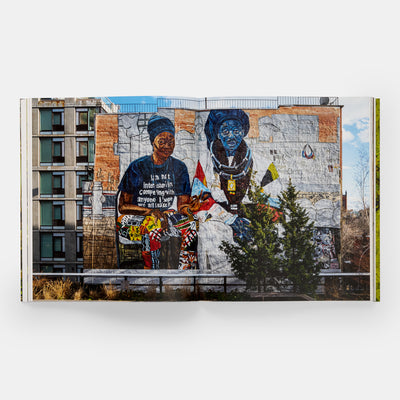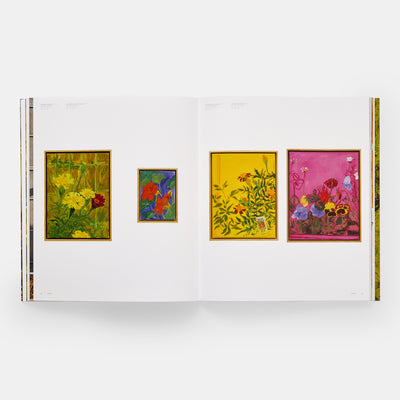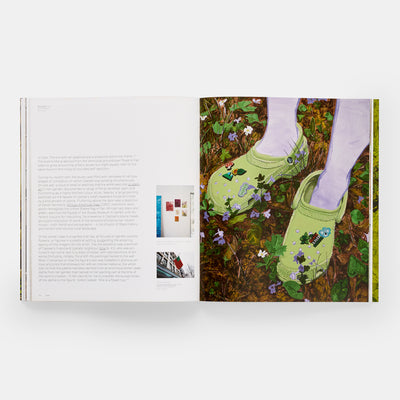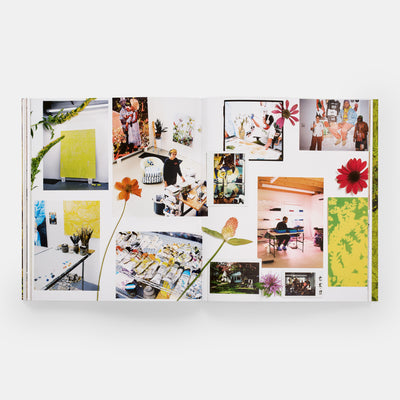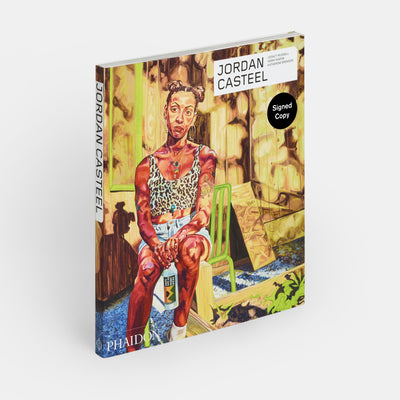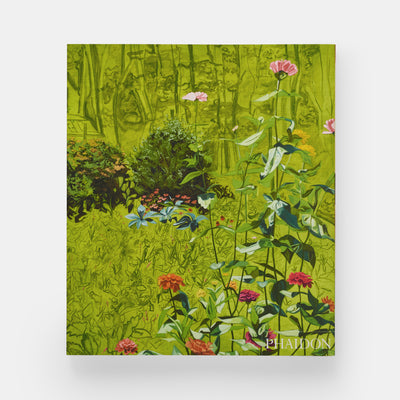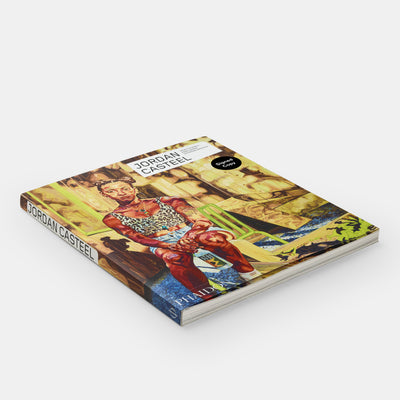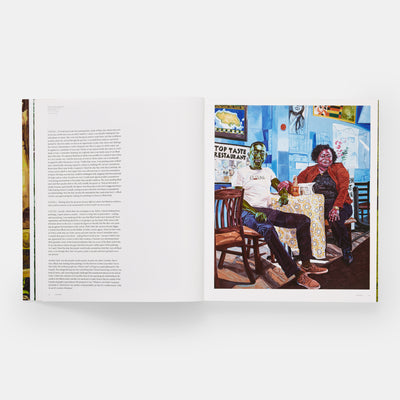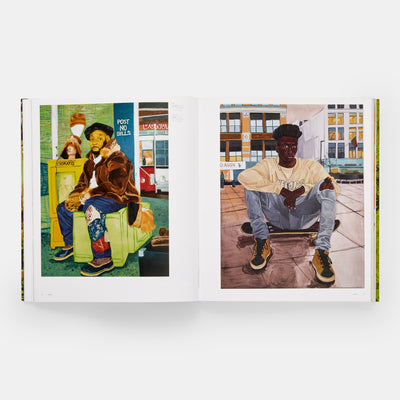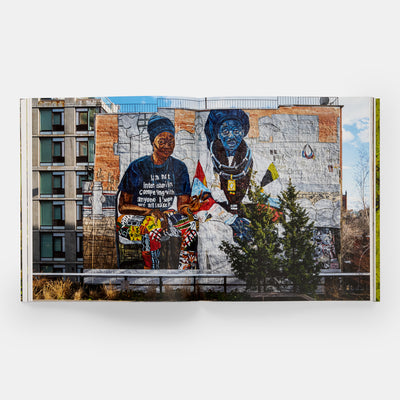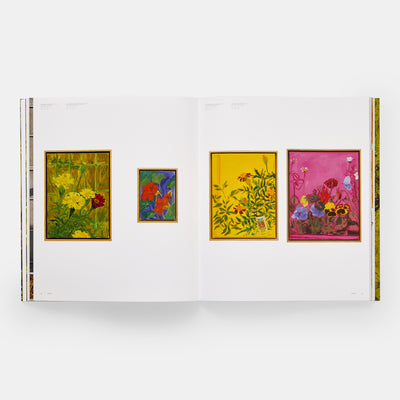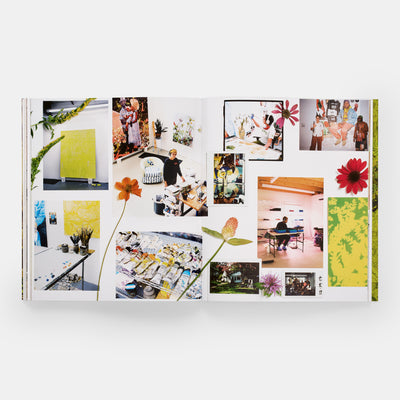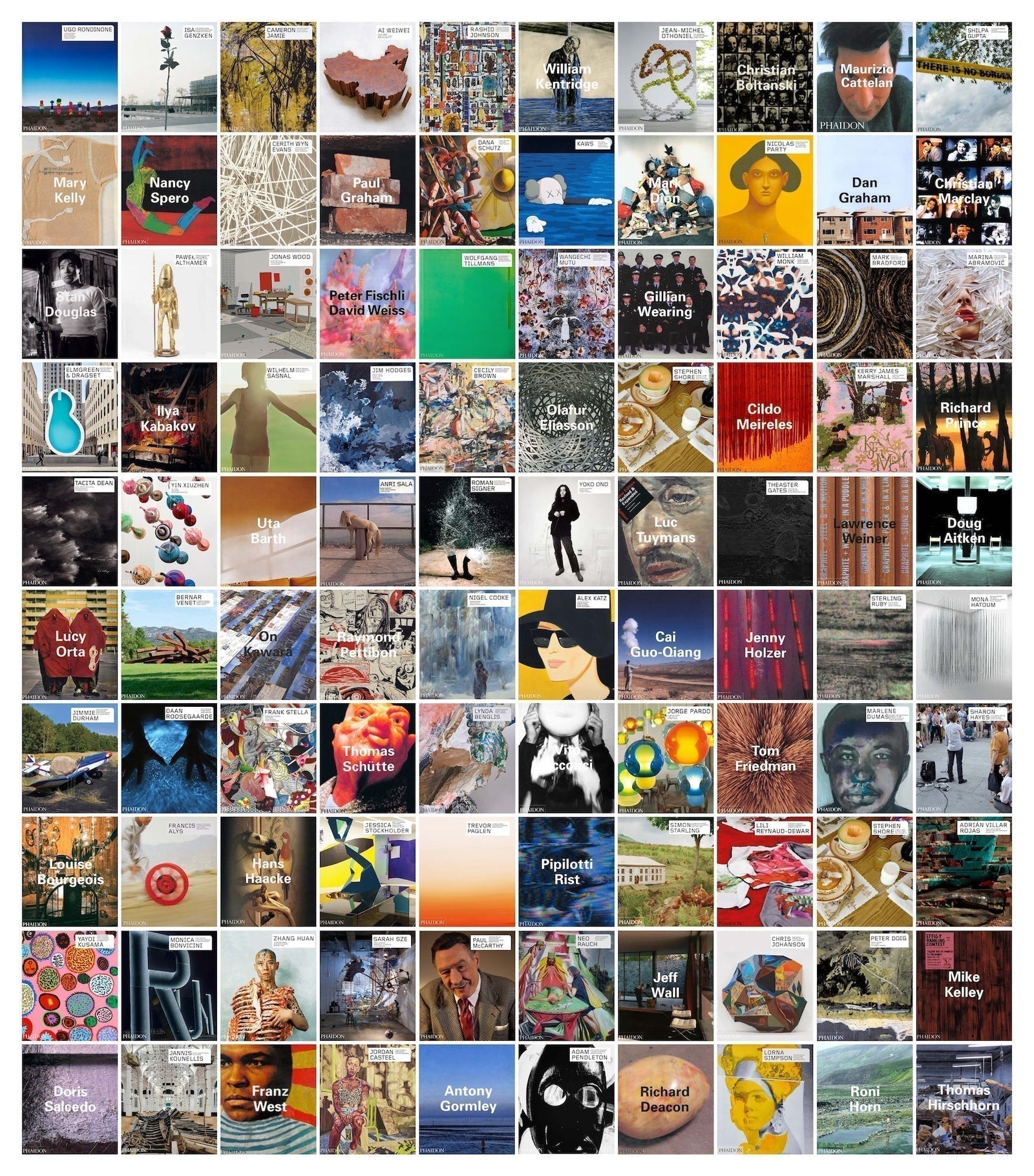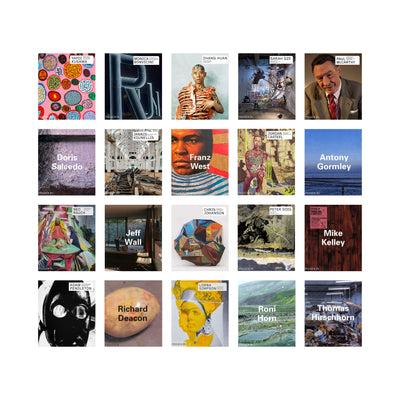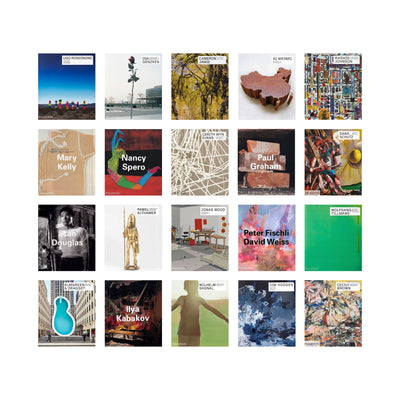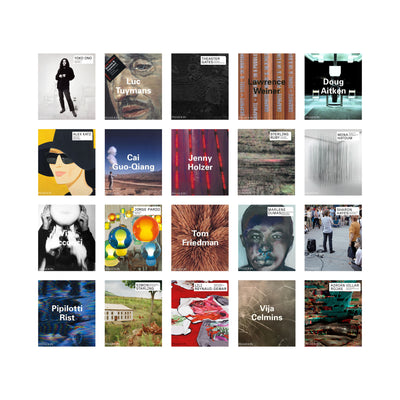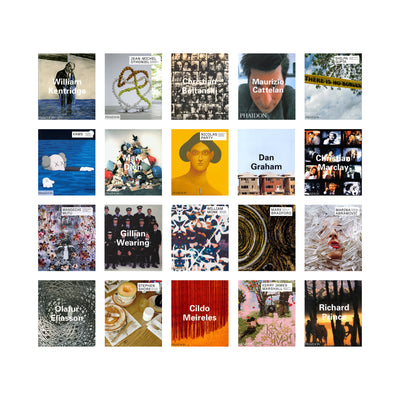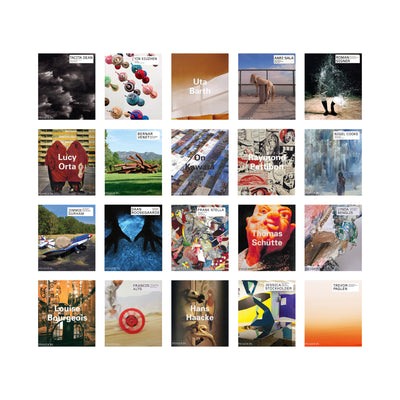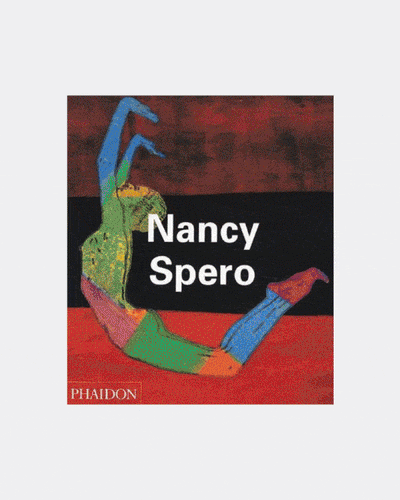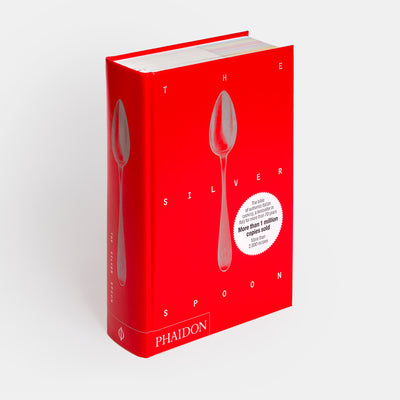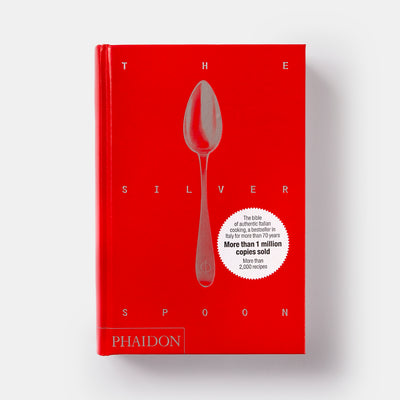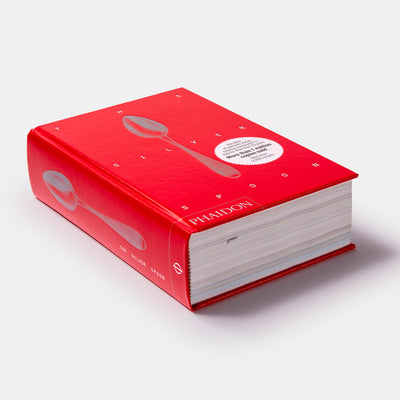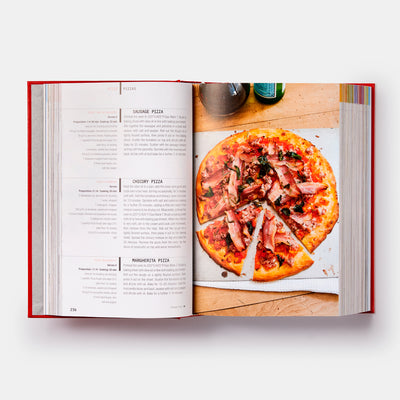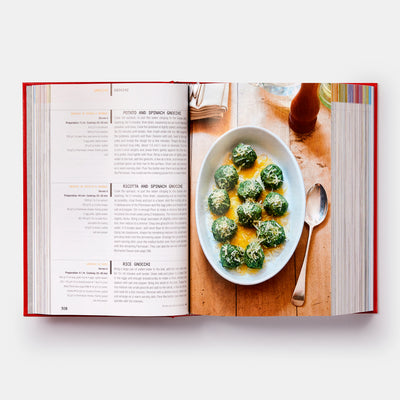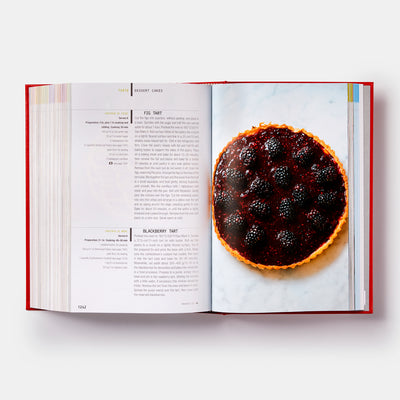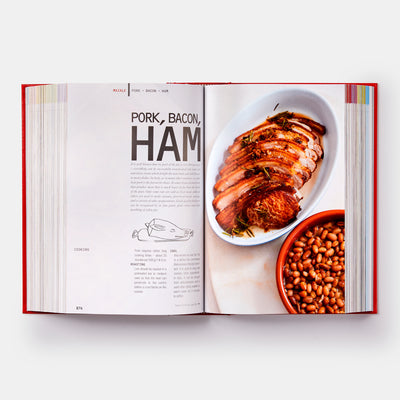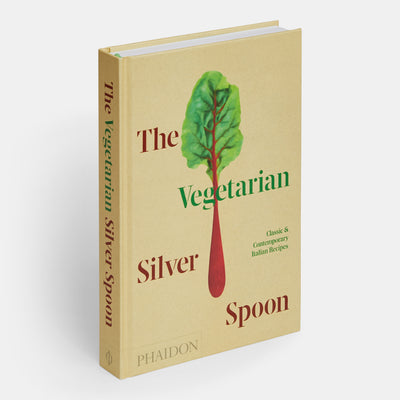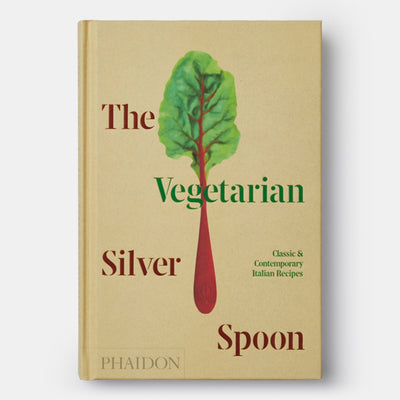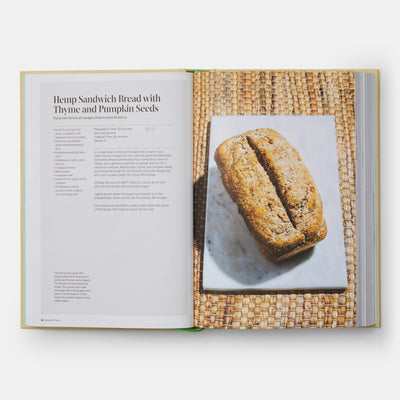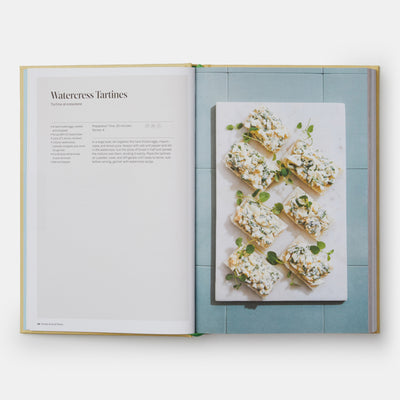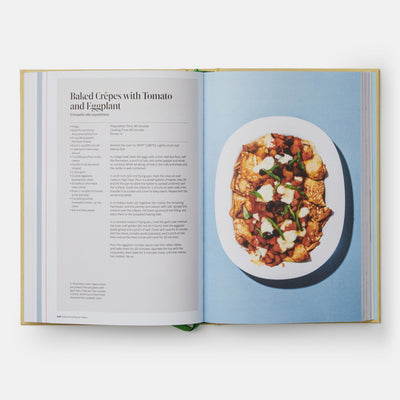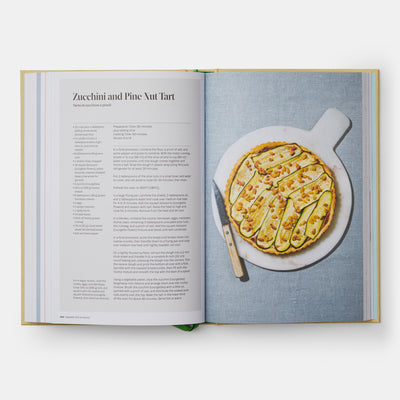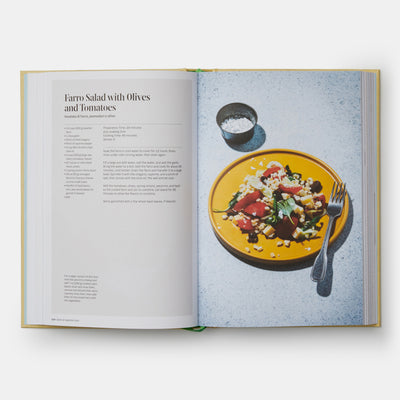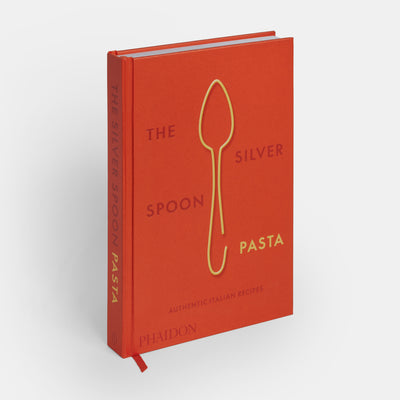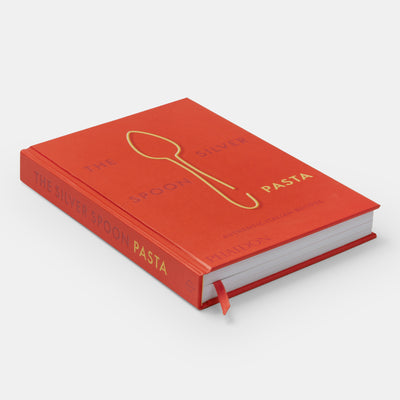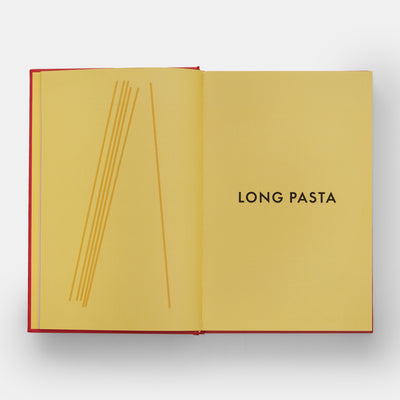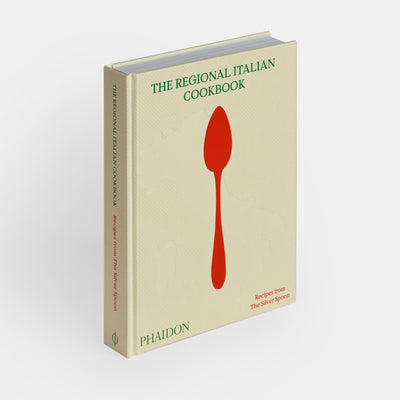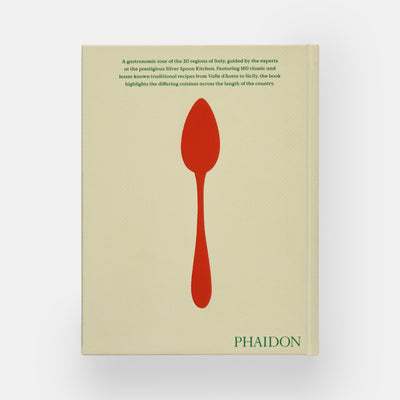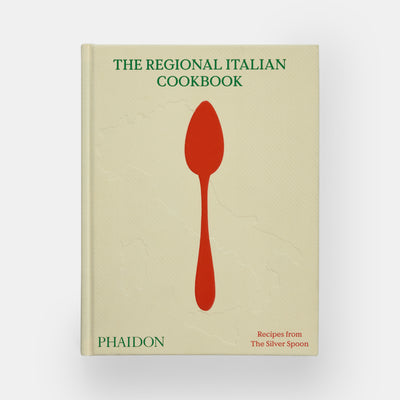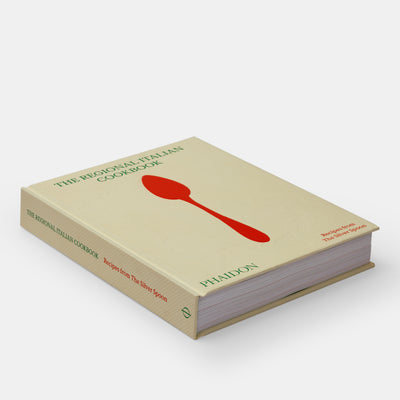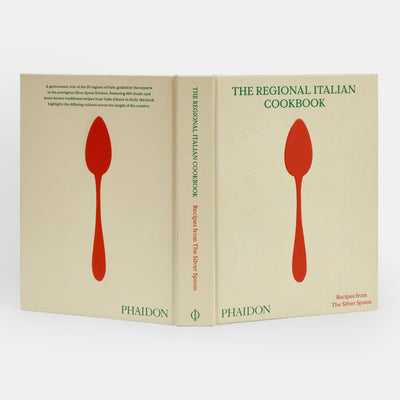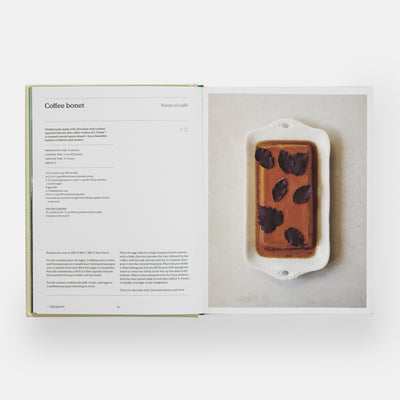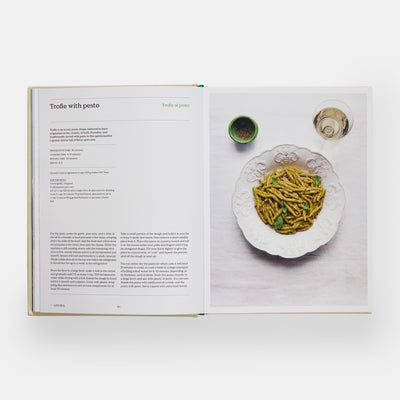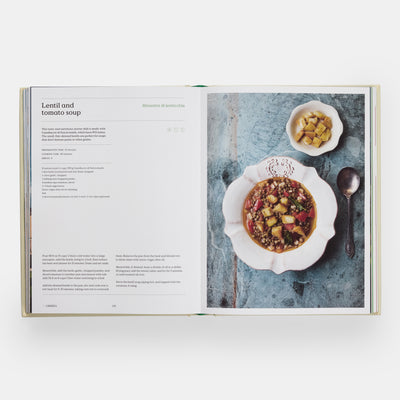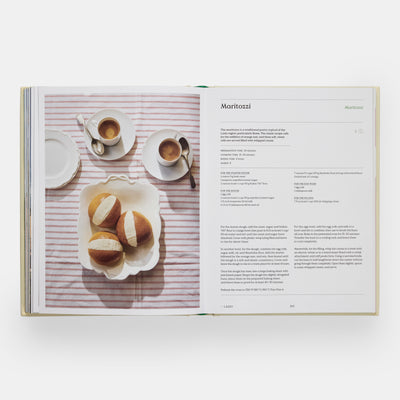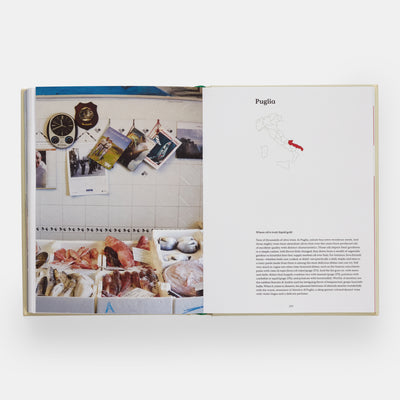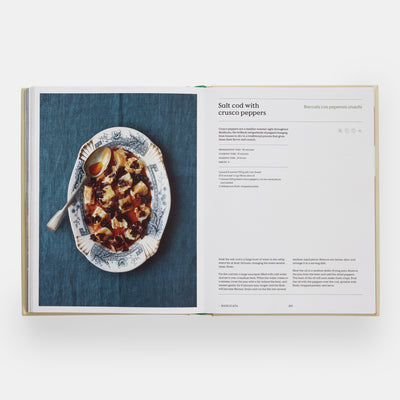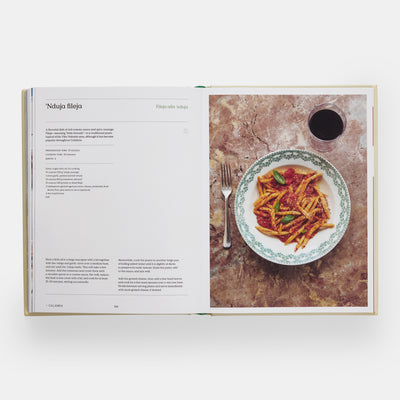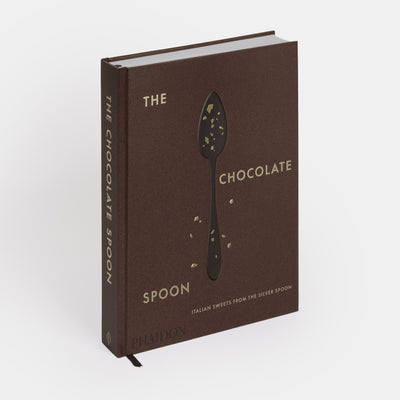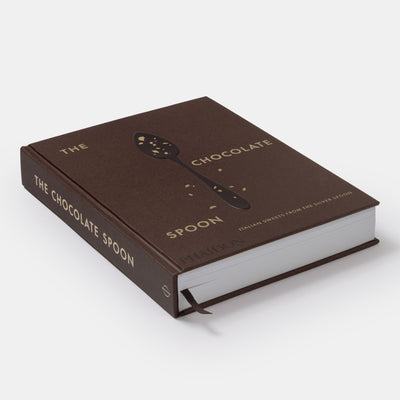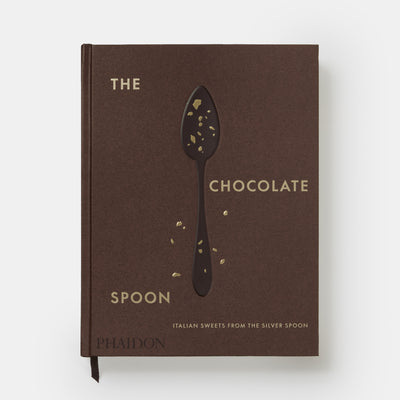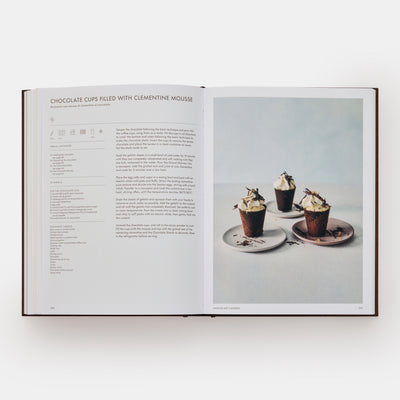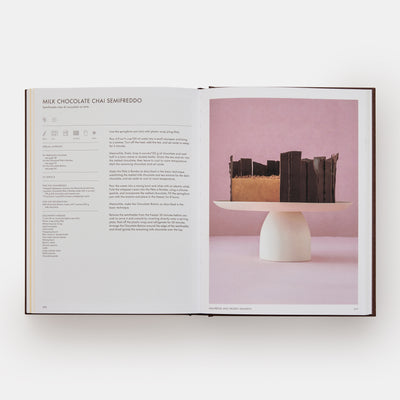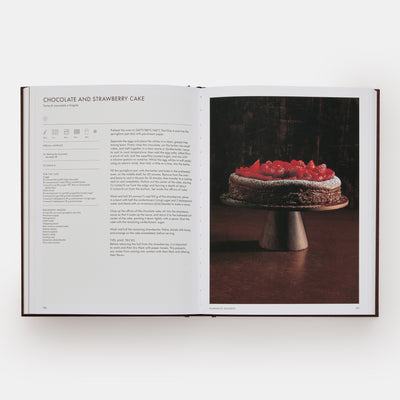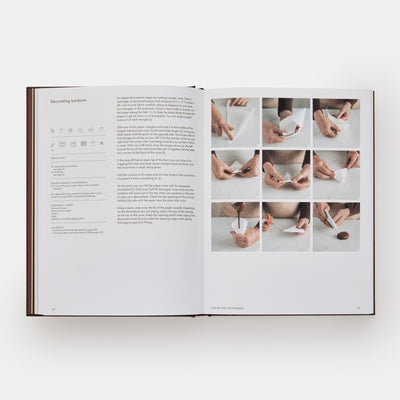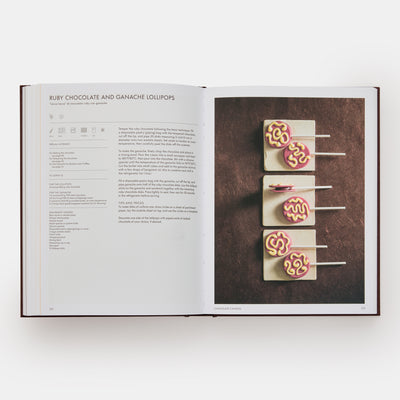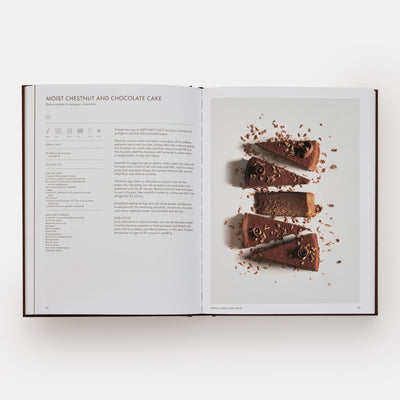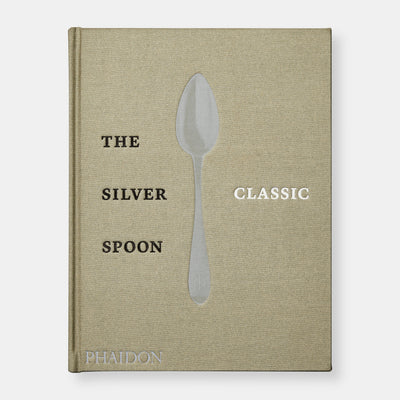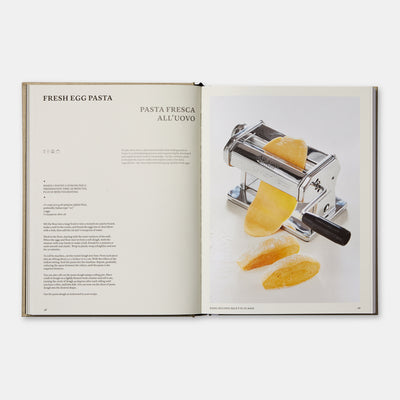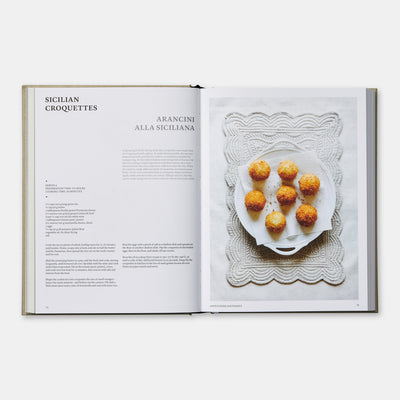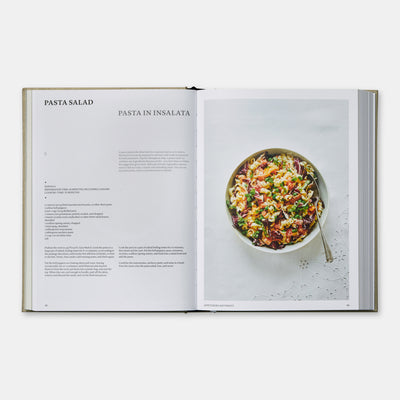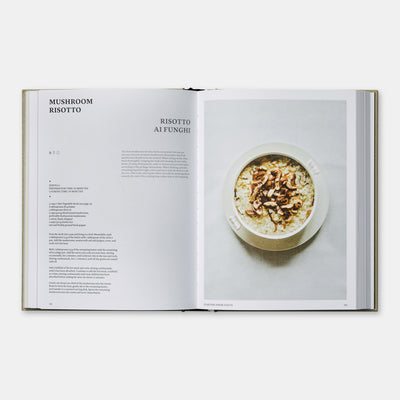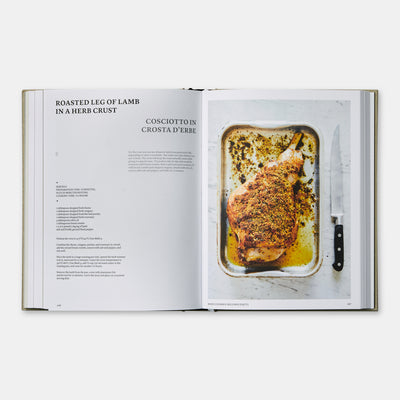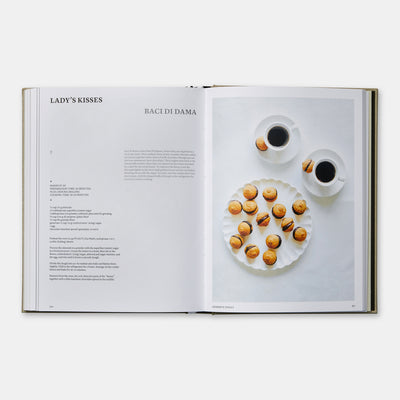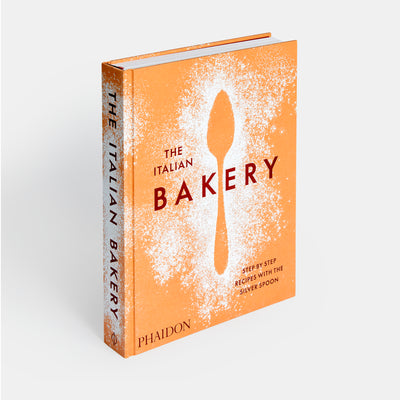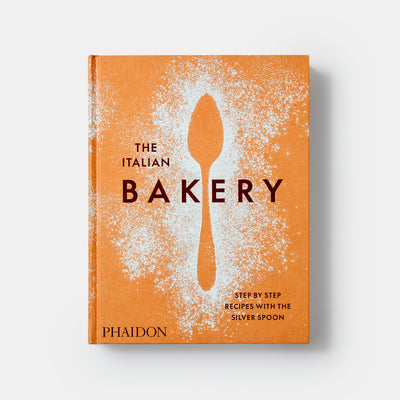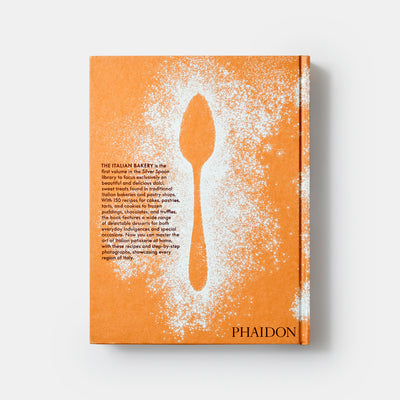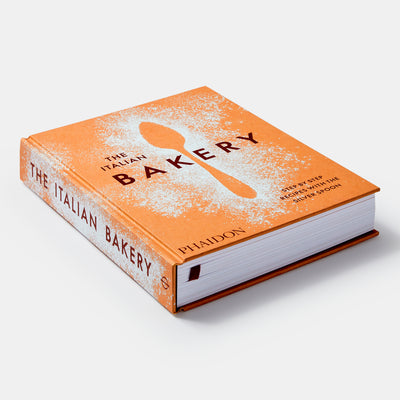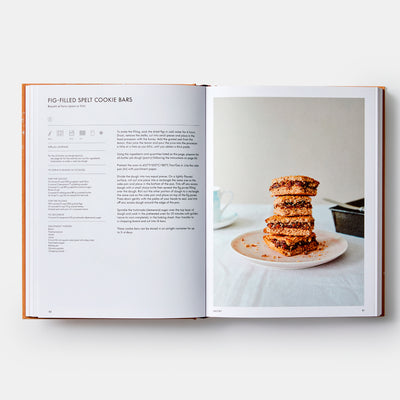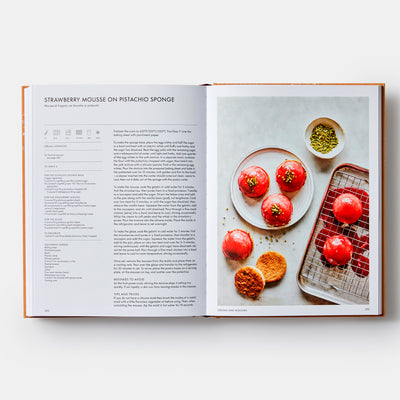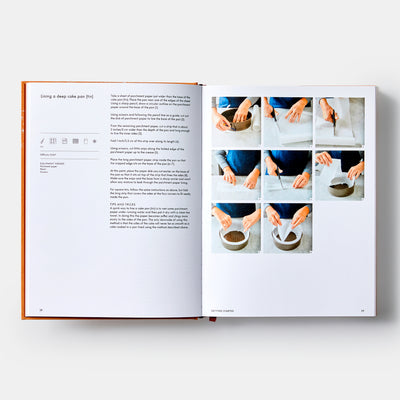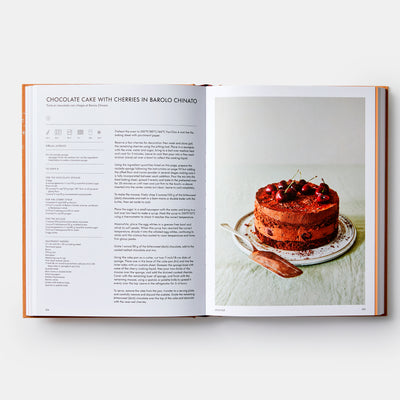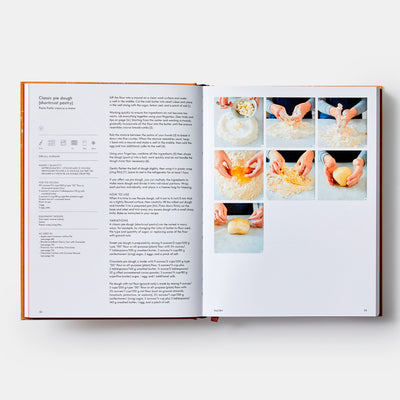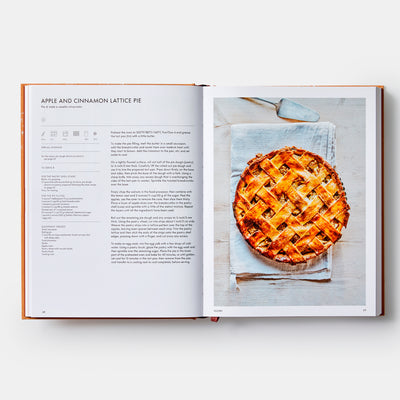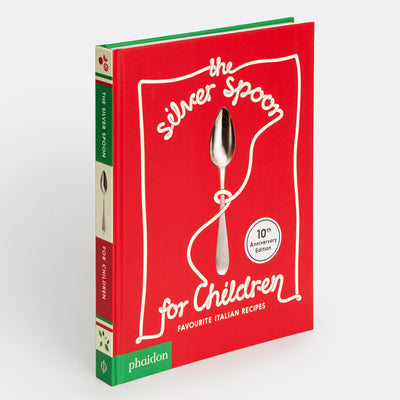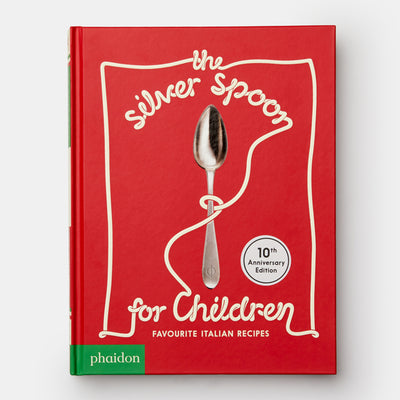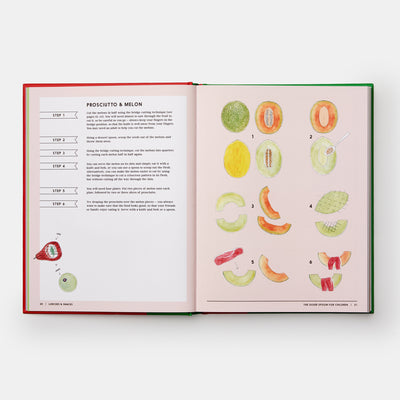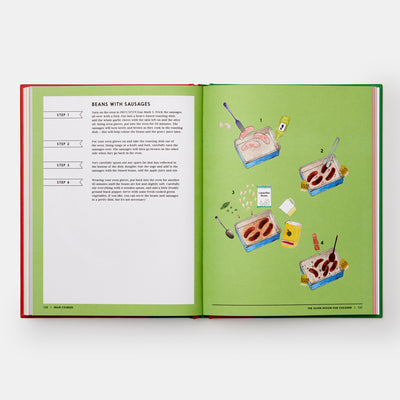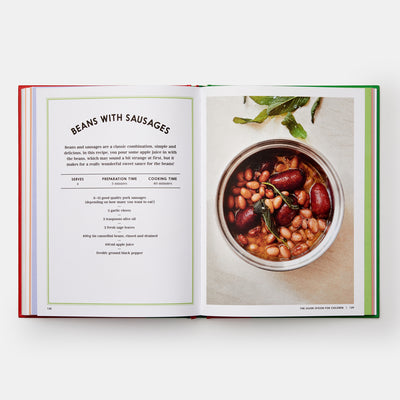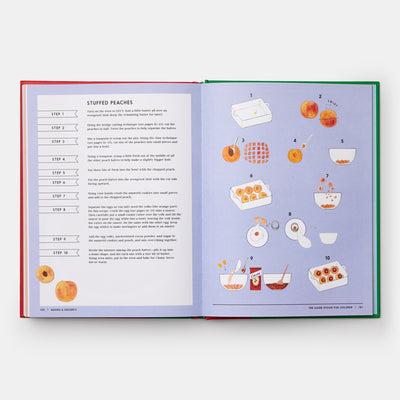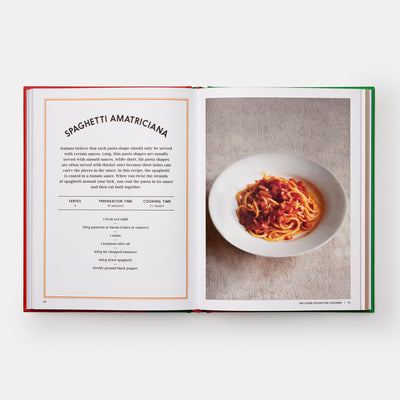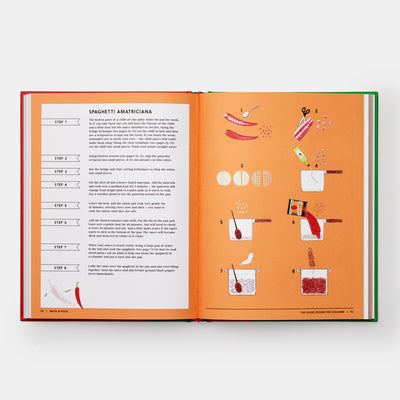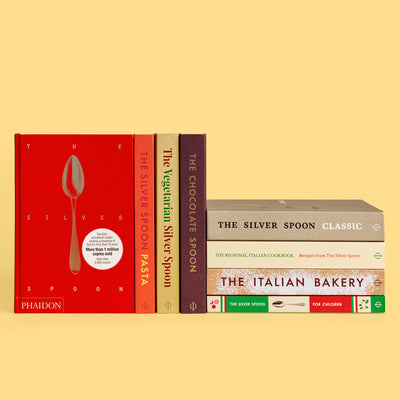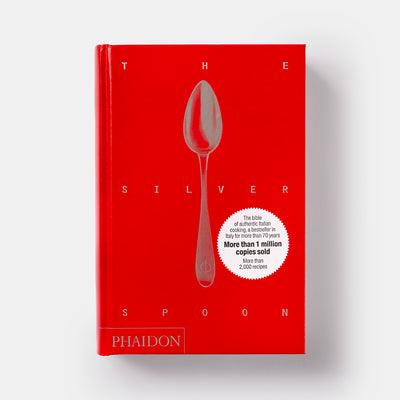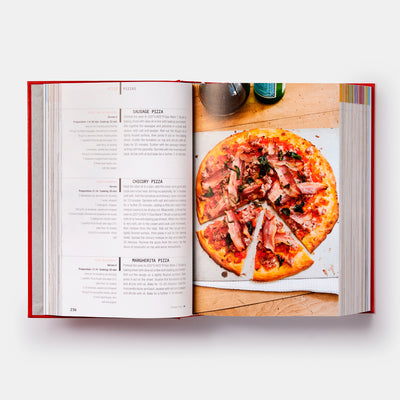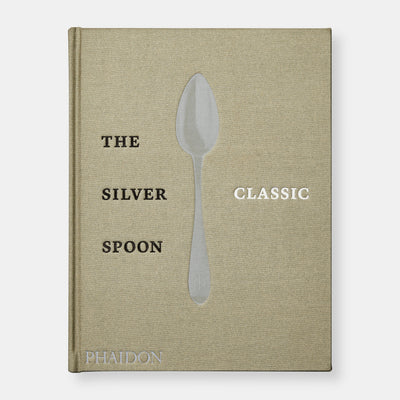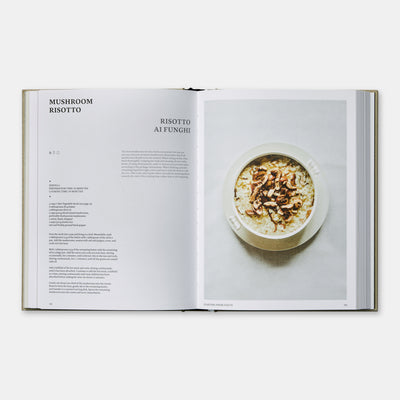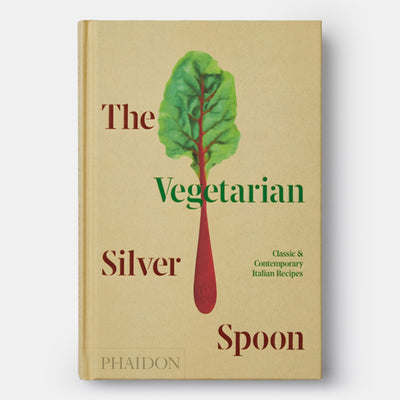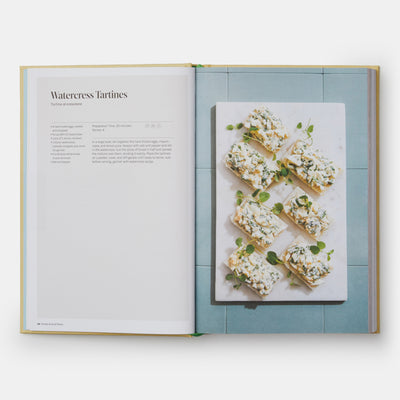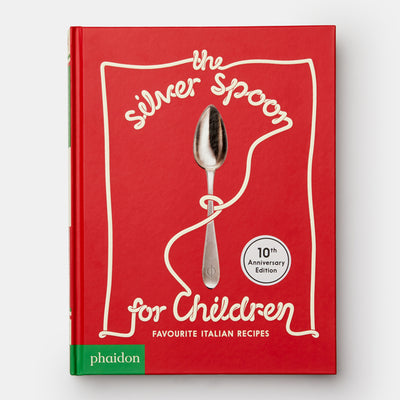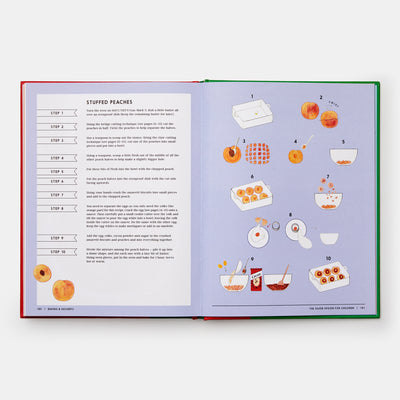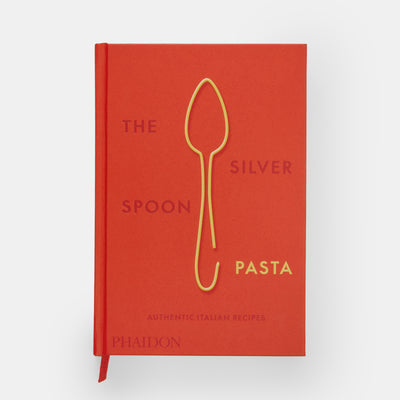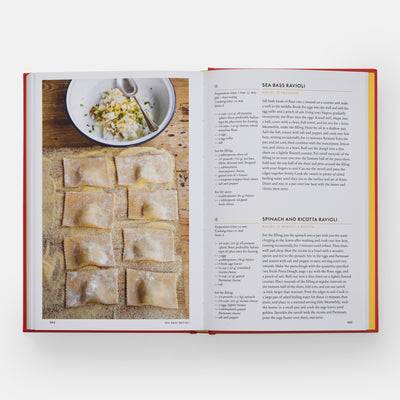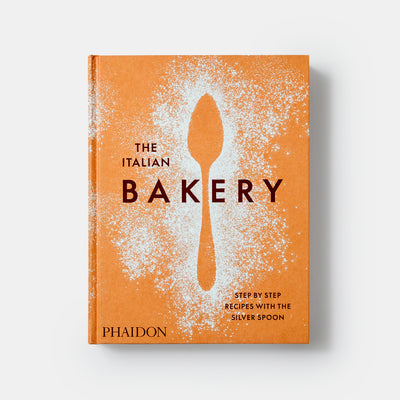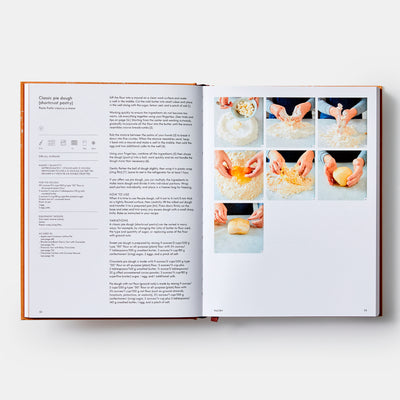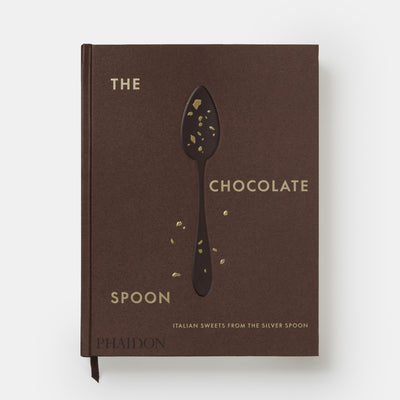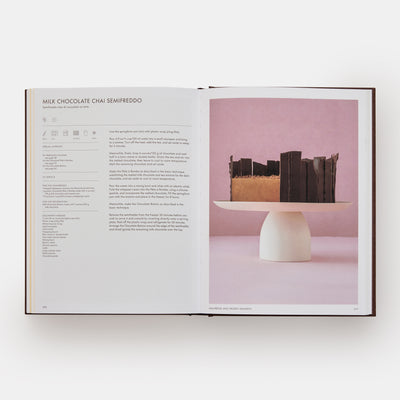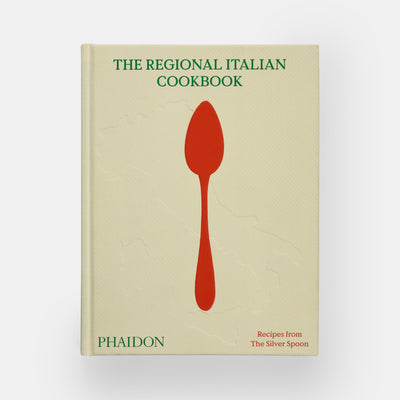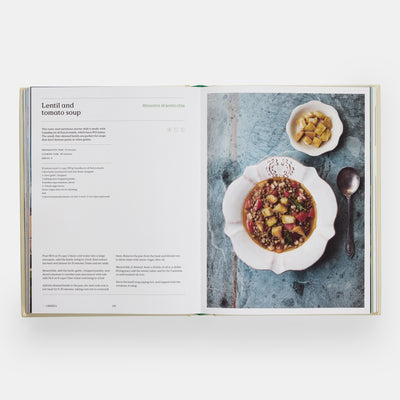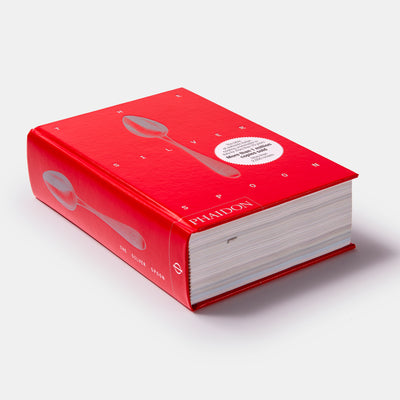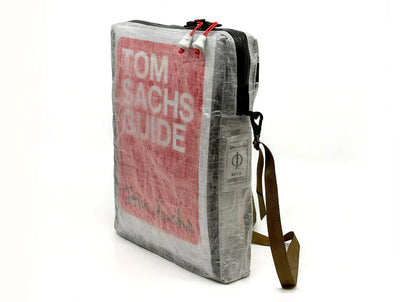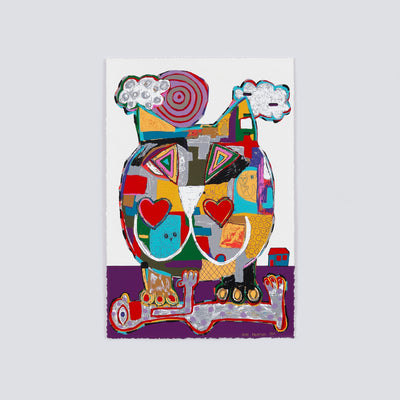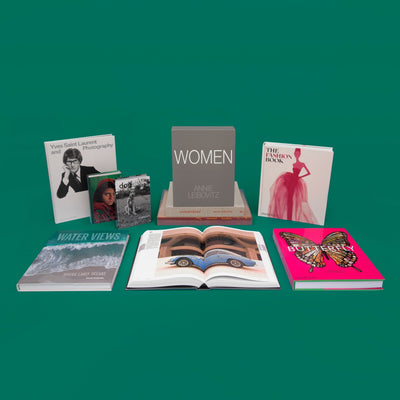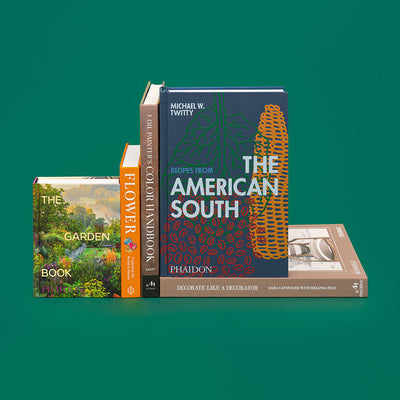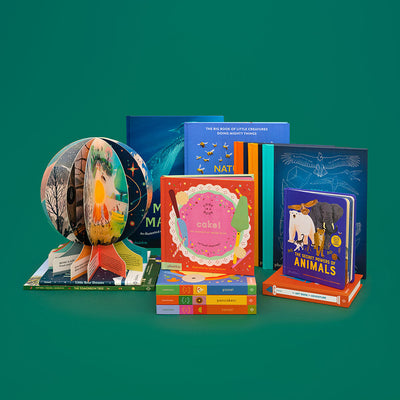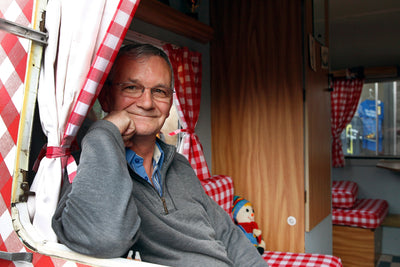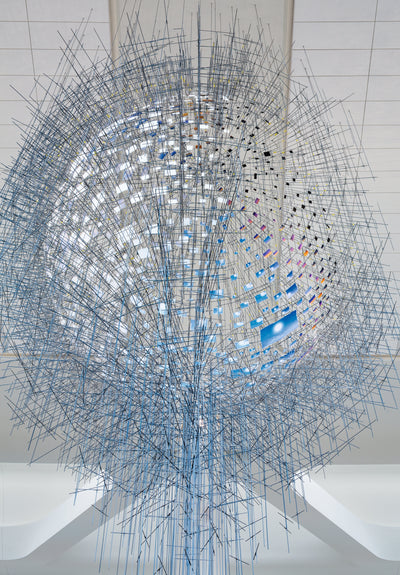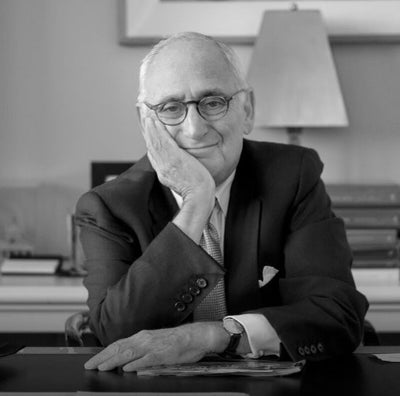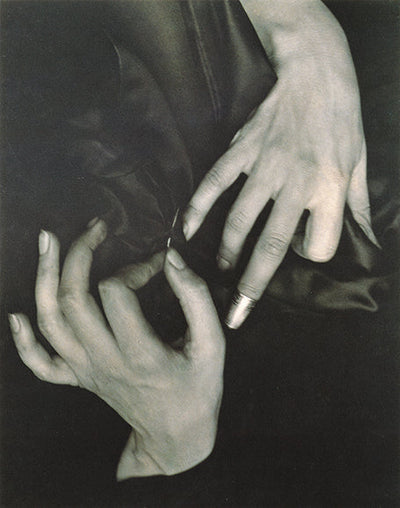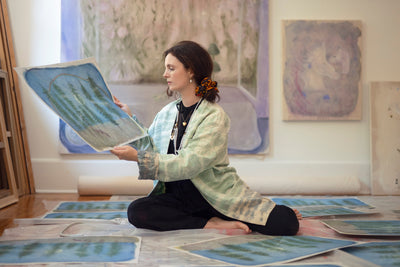To develop a deep appreciation for contemporary art, you really need to take a deep dive into our Contemporary Artists Series. The engrossing monographs began back in 1995 and have since served to profile and contextualise the brightest and the best painters, sculptors, performance, video and installation artists, from Alex Katz to Ai Weiwei, Stephen Shore to Marina Abramović, Yoko Ono to Lisa Yuskavage.
To mark 30 years since the series began, we’ve done a deep dive and pulled out 30 of the things we learned, the events we read about, the quotes we marvelled at – life, love, and political dissent wrapped up in a panoply of art excellence from the last 30 years and 100 books in the series.
Read on to discover the on-the-dot time that Mark Bradford ends his working day every day, just how many shades of black Kerry James Marshall has in his palette, and the incredibly young age Daan Roosegaarde realised that the job he wanted to do in later life didn't yet exist.
You can buy each of our Contemporary Artists Series books here, or all 100 for a one-off celebratory price here.

1 'The job of an artist is not to destroy but to change the value of things. And by doing that, artists can change the world into a Utopia where there is total freedom for everybody. That can be achieved only when there is total communication in the world. Total communication equals peace. That is our aim. That is what artists can do for the world! In order to change the value of things, you’ve got to know about life and the situation of the world. You have to be more than a child. That is the difference between a child’s work and an artist’s work. That is the difference between an artist’s work and a murderer’s work.' Yoko Ono
2 'We all have different things that we need to do in order to go forth and make our work – whatever it takes to be able to tune out whatever the noise is. Van Gogh didn’t have to contend with iPhones. I mean apparently, sometimes he did hear voices, but imagine if he also got texts! The question is, how do you keep focused?' Lisa Yuskavage
3 On Kawara helped Yayoi Kusama overcome a panic attack. 'After I moved to a larger studio, separated from Judd. Larry Rivers and John Chamberlain lived upstairs; On Kawara was across the hall from Chamberlain. One day I was struck by fear while I was standing in the building. I cried out: ‘I’m scared. Somebody, please come.’ There came Mr Kawara: ‘Don’t worry. No need to be scared, I am with you.’ He lay down with me. There was no sex, but we held each other naked. He helped calm down my attack.'

4 Kerry James Marshall has seven kinds of black in his palette. 'If you look at one of these by itself, it looks like it’s just black, but if you stack them up on top of each other you start to see how chromatically different they are. Initially I was just doing a basic black when I was doing the flat things, and if there was variation I was trying to use surface modulations sometimes, to create a density that suggests volume. But that was before I really started to take account of the fact that ivory black is not the same as carbon black, and carbon black is not the same as iron-oxide black, or Mars black. There’s a way that this concept of difference operates with blackness, but not in whiteness. There’s this notion that blackness contains a full spectrum of skin tonalities, from looking completely white, like Walter White or Homer Plessey, to somebody from the Sudan who looks as black as that couch over there.'
5 Mark Bradford never works past 6pm, he’s quoted as saying in his CAS book interview with Anita Hill. HILL: Do you ever sit still? BRADFORD: 'Every night. I don’t work past about six.'
6 Doug Aitken started to have time-coded dreams when he was 21. 'We were working long hours, day and night, but for me it was a new sensation, fresh and exciting. When finally I would go home to sleep, my dreams were extremely vivid. 'As I was moving through a dream, I would look down at the lower right-hand corner of my dream and see numbers: a time code, like the date-time-minute-frame numbers used in editing raw footage. I was surprised that I had never noticed this time code in my dreams before! I also recognized that I no longer needed to watch and witness my dreams passively; I could stop my dream like a freeze frame and look around as if it was a giant, frozen photograph. That night I re-edited my dreams over and over again.'
7 Alex Katz lived without central heating for 12 years. 'I spent ten years carving frames for two or three days a week. I lived without radiators for twelve years. I spent nothing on doctors, dentists or clothes. In the 1950s rents were cheap; the cost of living was low.'

8 Mona Hatoum loves playing with water – and electricity. 'When I was at the Slade the experimentation I was doing was quite dangerous. I was using 240 volts of electricity passing through a ‘circuit’ of metal household objects; or an electric current going through water to connect electrodes that intermittently lit up a light bulb. I could not put up these works without getting permission from security and fire officers, and very quickly got tired of all the bureaucracy. As a way out, I would put something up for a very short time – half-an-hour, an hour – to an invited audience.'
9 'I’m just as interested in leaving room for ‘failure’, so that a work can wind up becoming something completely different from the intentions I started out with.' Sterling Ruby
10 In 1996 Jimmie Durham created his seminal work, St Frigo, by throwing rocks at a fridge. 'I chose the refrigerator. I stoned it for a week, every day, until I got the shape really changed. I chose it because I wanted to throw stones at something as a sculptural work, but I wanted an object that no one would care about. I thought that if I stoned a TV or an automobile, everyone would be glad and care in some way or another, and I thought that a refrigerator was completely neutral. It was, until I started stoning it and then it wasn’t neutral anymore. Then it started being brave, so that in the end I called it Saint Frigo, because it was a martyr. I saved its life by making it a martyr. It was going into the trash, now it’s eternal, now it’s art. I don’t really destroy things, I just change them, I change their shape, just like any sculptor does.'

11 'The city is my medium. If the city is ill, then I have a subject, I have a patient. And that’s exciting. Theaster Gates
12 'The only advice I can give to a young artist is to be unique. That frequently involves great solitude, but it doesn’t necessarily mean being misunderstood. I’ve always viewed this solitude as an opportunity, as a particular island where I can to go to find myself.' Jean-Michel Othoniel
13 Adam Pendleton‘s 2008 Black Dada text was a declaration of how he wanted to be and function as an artist. 'I always refer to it as the ‘Black Dada’ text. Other people began to refer to it as a manifesto. But at the same time, if you open the Black Dada Reader, you see that the title of the section that contains the ‘Black Dada’ text is ‘MANIFESTO’. So I create these problems for myself. Maybe it’s a way to create conversation, something to talk about, something I have to explain myself out of, or something I’m explaining myself into and out of at the same time. But in order for it to work for me in an effective way, it has to remain open and in flux.'

14 'For me, a painting is a wall of questions. It has a great mystery to it, especially after it’s finished. You look at it, and it asks you: ‘How did you end up here? What were you thinking? Why?’ If the answer is ‘I still don’t know’, then the painting has gone beyond you, taken you outside yourself and you’ve somehow made something authentic.' Nigel Cooke
15 'The bottle of mayonnaise within the action is no longer a bottle of mayonnaise, it is now a woman’s genitals. Or it is now a phallus. I suspect that that suspension of belief does exist within viewers, even though they cling to the conscious interpretation that ketchup is ketchup. I suspect that they’re disturbed when ketchup is blood.' Paul McCarthy
16 'I think you need to be naively optimistic in order to make art. Why would you make it if you didn’t believe it would be worth it, no matter how critical you are? If you didn’t have a sense of hope, if you didn’t believe that things could change, you’d become the ultimate misanthrope.' Michael Elmgreen of Elmgreen & Dragset

17 Jonas Wood‘s painting of the basketball player Larry Bird contains one unusual ingredient. 'It was one of my first experiences with cocaine. I’d only been in LA for a year. I knew other people that would do drugs to finish their work. It seemed like a part of their process – you know, in a bad way. I stayed up really late, I knew I wanted to finish the drawing and did a bunch of drugs. The fact that I was in an altered state might have something to do with why it looks so trippy, although it’s also very romantic. In a way, it’s about Boston, and my youth, and hero worship. But it’s also about colour and flat amorphic shapes.'
18 'When I look up at the night sky and try to track all the secret satellites and pieces of space debris, I’m engaging in an activity and seeing a landscape that’s very specific to the late twentieth and early twenty-first centuries.' Trevor Paglen referring to the launch of his fine-art satellite, Orbital Reflector, in 2008.
19 When Lili Reynaud-Dewar entered Glasgow School of Art in 2001 she found great inspiration in the city’s clubs. 'I started going out a lot more and being friends with people in the late-night scene. In Glasgow, it was easy. I found [performance partner] Mary Knox really fascinating. We were work colleagues. We worked as barmaids at the same place. On her platforms, she had this totally burlesque look. She was two metres tall. She was wasted. Then she started to invite me to late-night parties at her place (which I took as a great compliment), and we became friends. When I returned to Nantes, I missed her. I thought I’d put her in a performance as a way of seeing her again.'

20 According to Jannis Kounellis, Andy Warhol couldn’t name a single Italian artist. 'He [Warhol] was sitting at a table with people like [novelist and journalist] Alberto Moravia and others, and when he was asked about which Italian artists he knew, he answered that the only thing he knew about Italy was spaghetti.'
21 'Classic photography seemed so remote, so irrelevant to me. It just didn’t touch me. Now I’m glad I never knew the history of photography until after I found my stylistic footing. However, photos on record sleeves—Peter Saville’s New Order covers and the photography in i-D magazine—touched me in the most profound way.' Wolfgang Tillmans
22 Yin Xiuzhen and her husband Song Dong make two chopsticks sculptures in each iteration of an on-going project. 'We looked at our chopsticks and saw how the two became one. I could make one, Xiuzhen could make one, both in secret from the other then put them together so they become one work and yet we’ve kept our independence.'

23 In a bid to save money, Cecily Brown used to paint on inexpensive boards while at college. 'I used to paint on this hardboard that you could buy for about four quid. It was horrible, but I’d paint on it because it was cheap and large. I remember lugging these pieces of hardboard into the Slade.'
24 Daan Roosegaarde decided he would change the world at a tender age. 'When I was sixteen, my teachers asked me what I wanted to be. I answered honestly that I wanted to do something with art, with technology, and that I also wanted to be an entrepreneur and to travel. This made everyone pretty uncomfortable and worried. So, for two weeks, tutors, the dean and a psychologist worked with me on career test after career test. After two weeks, the conclusion arrived. They said: ‘Daan, what you want doesn’t exist.’ That was a big shock. I was depressed for a day because basically the world was saying no to me. But I remember I woke up the next morning and thought: Fine, then I’ll just create it myself.'
25 Monica Bonvicini was referencing Apple stores and Philip Johnson’s Glass House with her scandalous 2004 public work, Don’t Miss a Sec. 'I put a functioning toilet inside the glass box, which is not a one-way-mirror cube but a combination of different kinds of glass that I tested and put together in order to get a similar effect but with more light transmission. The piece emphasizes in turn the many aspects of the glass architecture that followed on from Mies van der Rohe’s Barcelona Pavilion (1929), and Philip Johnson’s Glass House (1949), and continues today in the ubiquitous Apple store with the glass facade.'

26 Francis Alÿs’s plans to create a floating bridge across the Strait of Gibraltar with fishing vessels proved impossible in 200, so the artist switched tactics, reworking the floating bridge into a children’s game. He began work on organising a group of children from Spain and from Morocco to walk out into the sea in a line, stretching out into the ocean, each carrying a toy boat fashioned from a flip flop. 'Turn the whole operation into a celebration of free flow, a ritual of passage,' Alÿs reasoned in his journal, reproduced in our CAS book. 'Return to guerilla tactics: minimum of permits/maximum of flexibility; do and run tactic.'
27 In 2014, Jim Hodges’ touring exhibition, Give More Than You Take, introduced America to an artist who addresses issues such as memory, love, and existential struggles through a multifaceted practice that includes photography, screen printing, and sculpture. “His use of found materials like rocks and denim, coupled with the adoption of transitory shapes like spiderwebs, speaks of a personal experience that resonates on a collective level filtered through elements available in nature,” explains our CAS book.
28 Sarah Sze thought a lot about windows when planning her 2013 representation for the USA at the Venice Biennale. 'In contemplating how to project the space through the window I learned a lot from painters like Matisse and Vermeer, who loved to play with the window. Matisse used windows as frames within frames, stepping out of the interior to the exterior. Vermeer’s windows are compositional jumping-off points in deep space, where the eye moves from a milk bottle to a map of the world, out of a window to the sky.'

29 Bernar Venet met Marcel Duchamp and walked away with a personal pun and an artwork. 'I was describing to him a work I’d made in February of that year. It was a recording of the Annual Meeting of the American Physics Society conference. I decided to present this conference as a work of art and, while I was trying to explain what had justified this idea, in particular that of presenting a work that had no physical aspect (sound only), Duchamp cut off my speech and told me in an amused tone: ‘But you are an artist who sells wind.’ I didn’t understand what he meant. I must have looked very surprised. The fact that this work could be sold was very far from my intention and, moreover, I didn’t really like the idea that what I was doing was ‘windy’ – or was he referring to the idea that he himself had made a small work entitled Air de Paris?'
30 'When I’m doing a portrait, I usually start with the face. I finish the face all in one sitting, and then I finish an arm or a shirt all in one sitting – utilizing and working with wet paint only. In order to keep things from getting ‘muddy’, I’m wiping my brush consistently with a rag, cleaning the brushes. I’m just ripping the paint off the brush and then mixing a new colour and going back and building the highlights and shadows all at once, until I have a form I feel comfortable with. I don’t revise myself when I’m making; overthinking is bad, and that started from the very beginning. The freedom I feel is rooted in making marks confidently, quickly and without judgment. It’s a desire to express myself in the most authentic way possible, and to have enough trust to let it exist as it is.' Jordan Casteel

Buy the specially priced set of 100 Contemporary Artists Series here.
